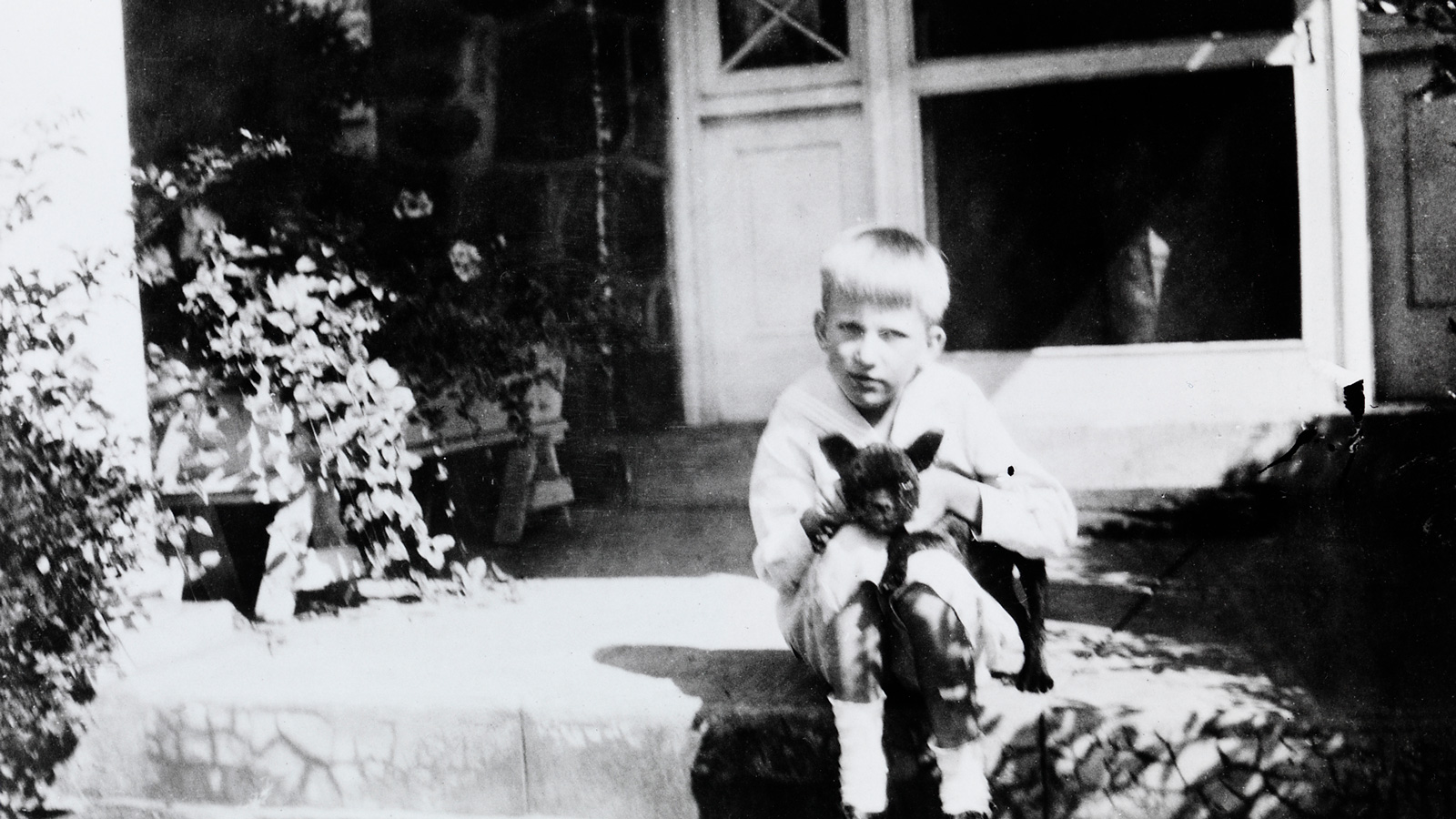Robert C. Smith: An American in the Baroque of Portugal and Brazil
A cosmopolitan and cultured, Smith continues to be recognised as one of the most eminent researchers of Portuguese and Brazilian architecture and decorative arts – woodcarving, furniture, porcelain, tiles and goldware – from the Baroque period.
Along with his compatriot George Kubler, the Englishman John Bury and the Frenchman Germain Bazin, Smith was one of the first foreign art historians to take an interest in and study Portuguese art and architecture.
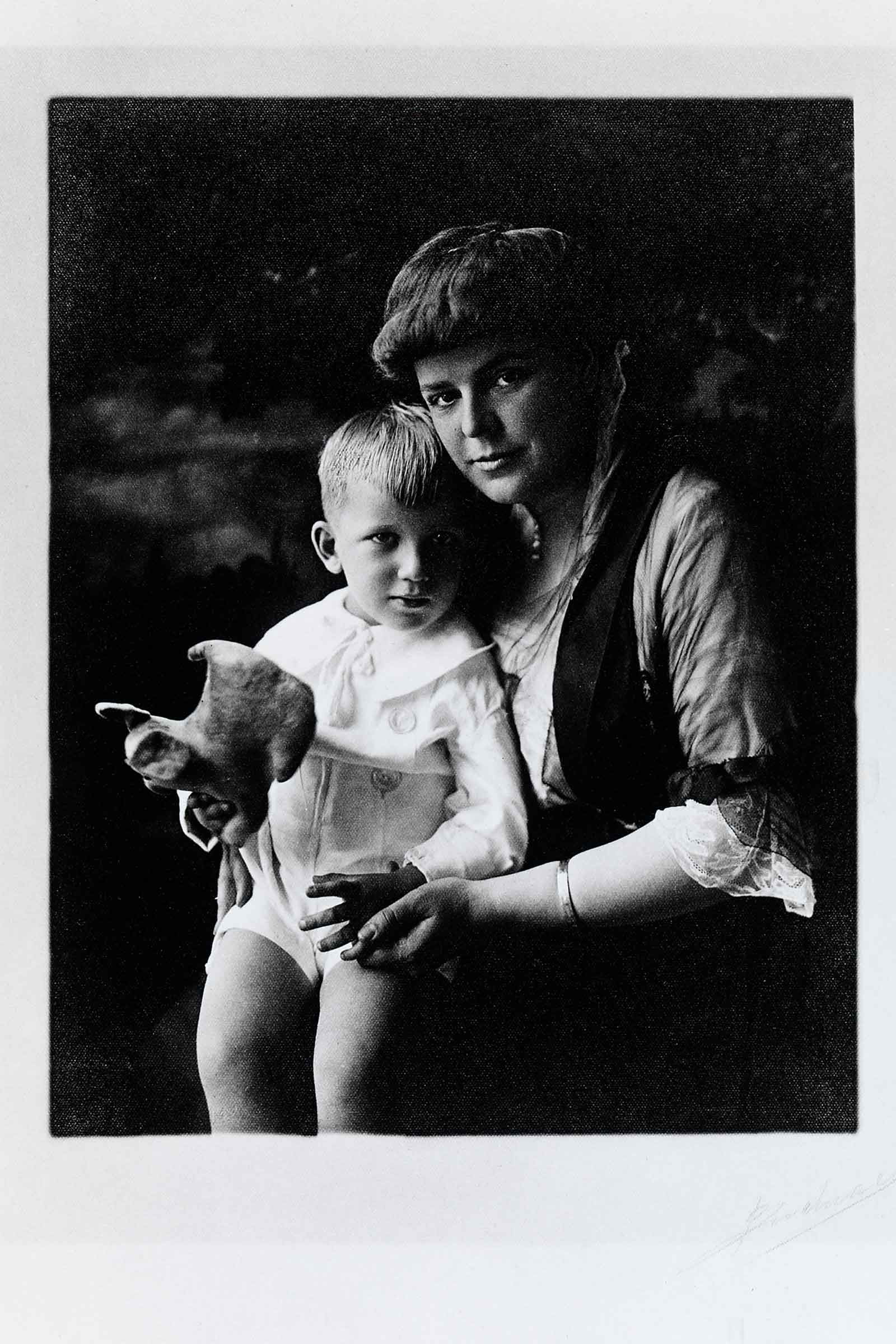

Education at Harvard and the beginning of his involvement with Portuguese art
Born in Cranford (New Jersey) on 26 February 1912, Robert C. Smith completed his academic studies at Harvard University. While a graduate student (1929-1932), he travelled to Italy in 1932 to study Italian art to write his master’s thesis.
In Naples, at the Library of the Reggia di Caserta, he discovered the drawings by the Neapolitan architect Luigi Vanvitelli (1700-1773), commissioned by King João V, in 1742, for the chapel of Saint John the Baptist in the church of São Roque in Lisbon.
This discovery changed the course of his research and, after graduating Bachelor of Arts summa cum laude in 1933, he obtained a master’s degree in 1934 with the dissertation The Minor Architect Luigi Vanvitelli. He would later observe:
“I found Vanvitelli's drawings for the chapel of Saint John the Baptist in Lisbon, in Naples, and suddenly the way to Portugal opened up for me.”
— Robert C. Smith
A year later, in 1935, thanks to a scholarship from Harvard University, Robert C. Smith came to Portugal to do research for his doctoral dissertation on the architect João Frederico Ludovice (1673-1752) and the palace-convent of Mafra.
Completed in 1936, a summary of this work, entitled “João Frederico Ludovice, an eighteenth-century architect in Portugal,” was published in The Art Bulletin (Vol. 18, no. 3, Sept.1936, pp. 273-370), journal of the College Art Association of America.
Academic career in the United States
Throughout his activity as a professor, he taught at the University of Illinois (1937-1939) at Sweet Briar College (1945-1946) and at the School of Fine Arts of the University of Pennsylvania (1947-1975), in subjects dedicated to art and architecture in Portugal, Spain, South and North America.
Between 1939 and 1946 he was deputy director of the Hispanic Foundation. He was a consultant and lecturer at the Winterthur Museum in conjunction with the University of Delaware (1959-1967).
In 1978, the Decorative Arts Society created the Robert C. Smith Award in his honour, an annual prize designed to reward the best article published that year in the field of decorative arts, thus perpetuating his memory and his “abiding interest in students, unwavering generosity in sharing information and ability to shed light on previously neglected areas of research”.
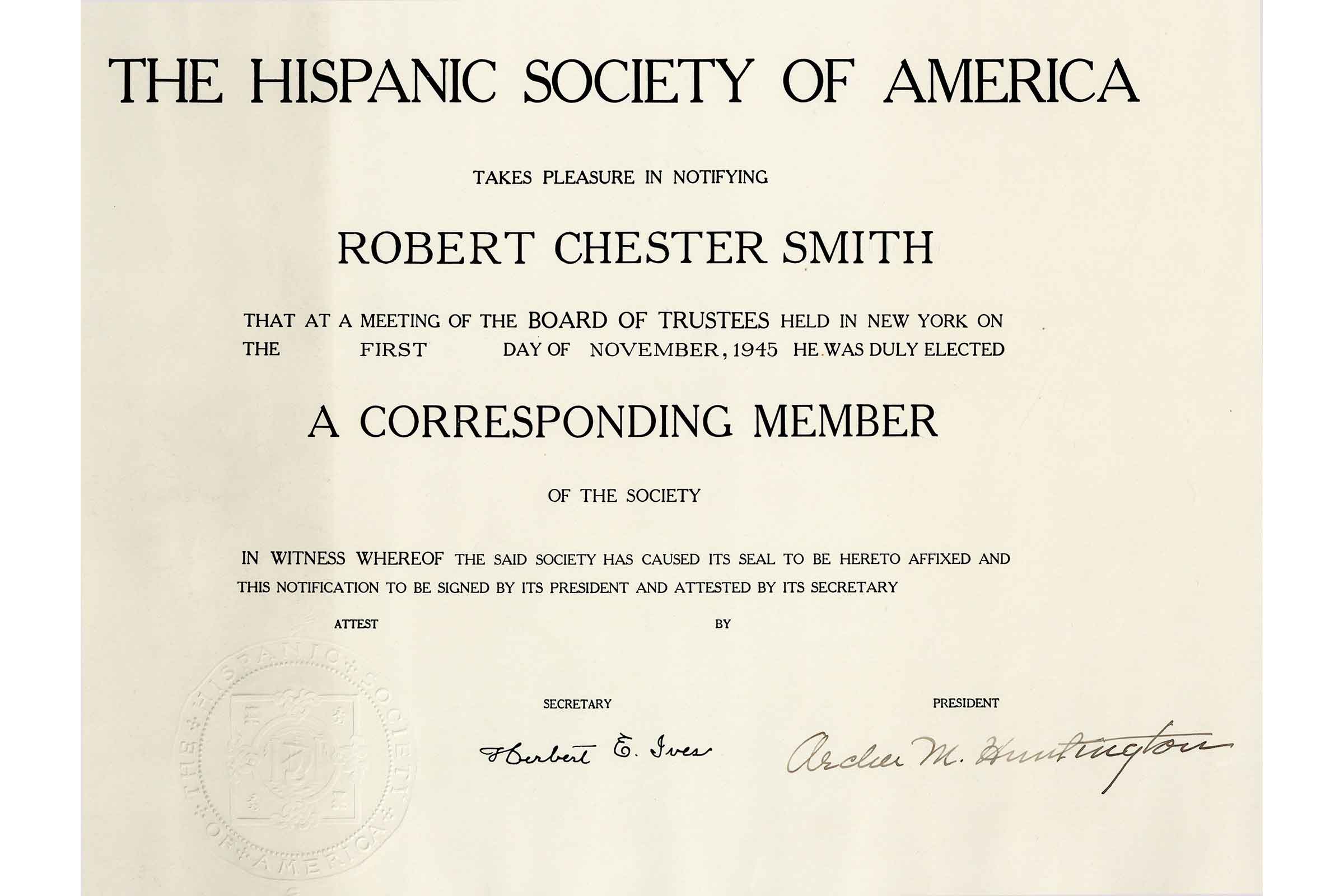
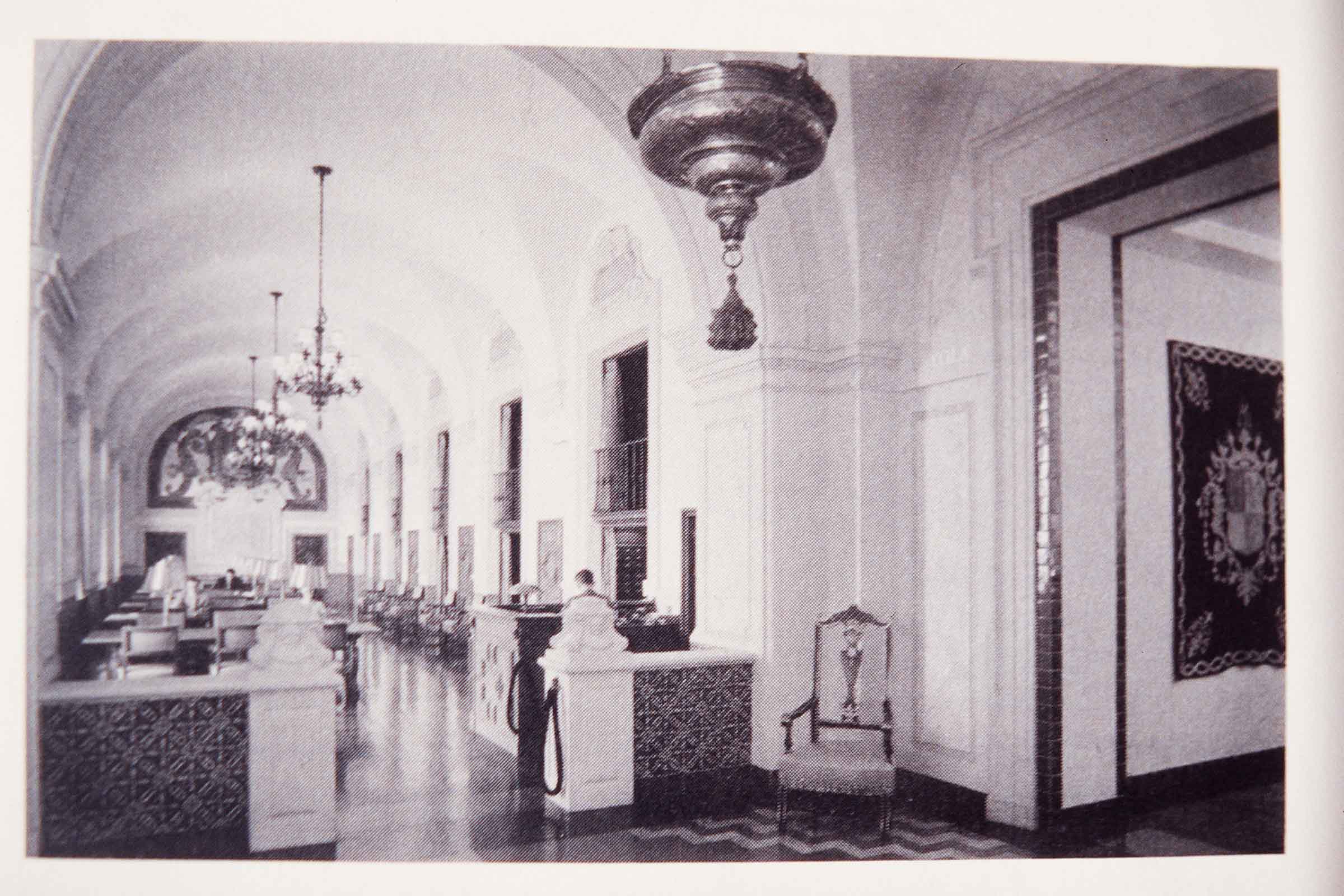
Studies of the Baroque in Portugal and Brazil
While still a student at Harvard, his interest in Portuguese and Brazilian Baroque art led him to perfect his knowledge of the Portuguese language, and he came to Portugal between 1934-1935 with a scholarship from his university.
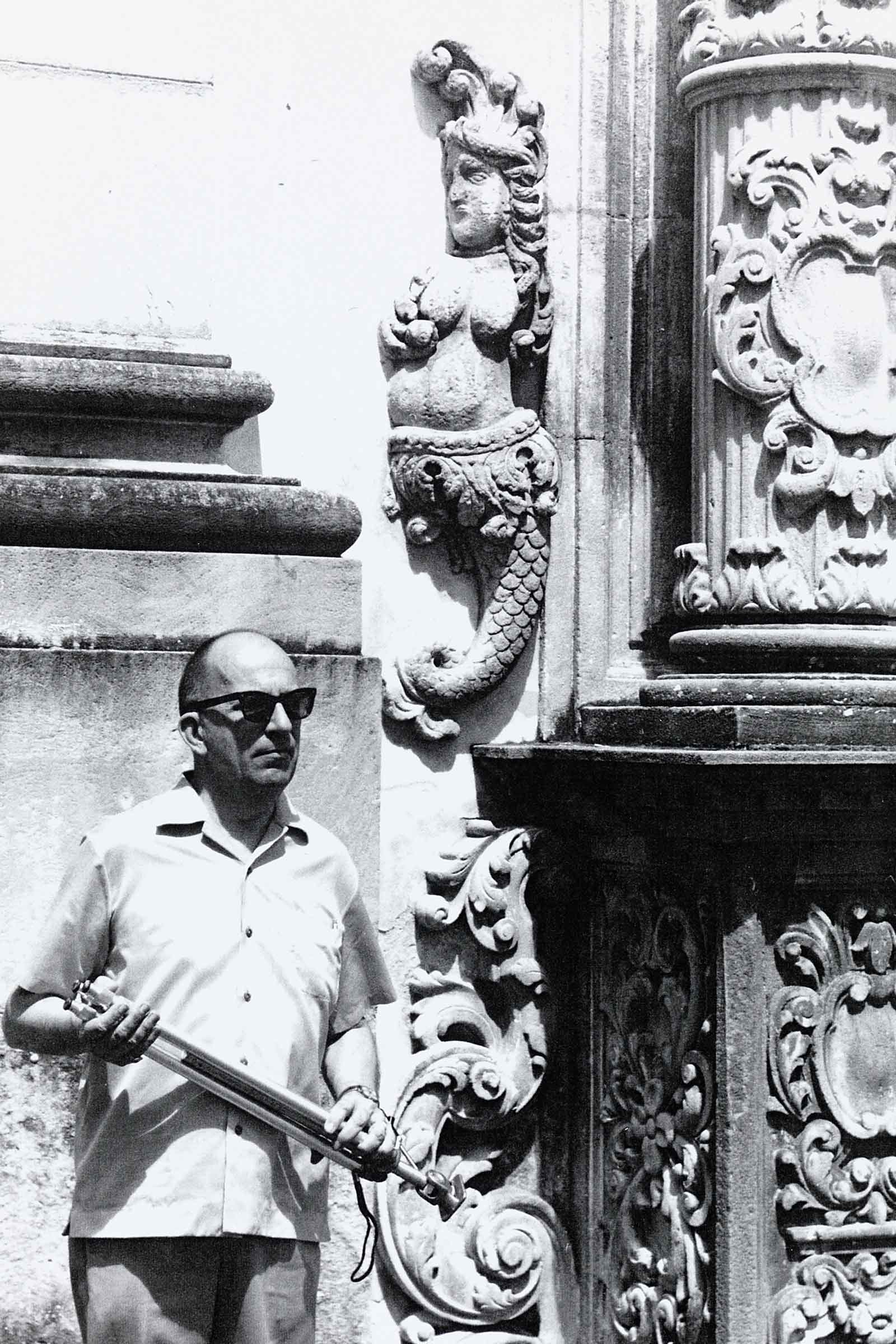
This learning and his numerous travels in Portugal and Brazil made him fluent in written and spoken Portuguese, although he never lost his strong American accent. He would write to Flávio Gonçalves’ wife the following:
“I always have my list of words, which I study every day, having even constructed an artificial sentence that employs them all... yesterday in the Braga Library, I was lucky enough to meet a completely honest gentleman... and he said that my pronunciation showed no improvement, because I don't know how to handle the Portuguese R...”
— Note to Mrs. Ziza, Maia, March 14, 1968
Over the years, Smith established academic and, in some cases, friendly relations with Portuguese and Brazilian researchers and art historians, with whom he exchanged correspondence, using Portuguese as the language.
The Portuguese included, for example, José Augusto França, José João Rigaud de Sousa, Jorge de Moser, José Val Henriques, Mário Tavares Chicó, Reinaldo dos Santos, the then young architect Tasso de Sousa, a student at Escola Superior de Belas Artes in Porto, who would collaborate with him, but also Flávio Gonçalves, his friend and companion in countless research projects in northern Portugal.
In his correspondence with Flávio Gonçalves, the empathy he felt for the Portuguese researcher and for Portugal is clearly visible.
“I think constantly about Póvoa, not only because of the great happiness each visit has given me, but also because of the two sweatshirts I took from there. In Lisbon I had a “samarra” in Ribatejo style, which has also given me great satisfaction, evoking daily so many nostalgic memories of Portugal.”
— Letter to Flávio Gonçalves, January 5, 1964
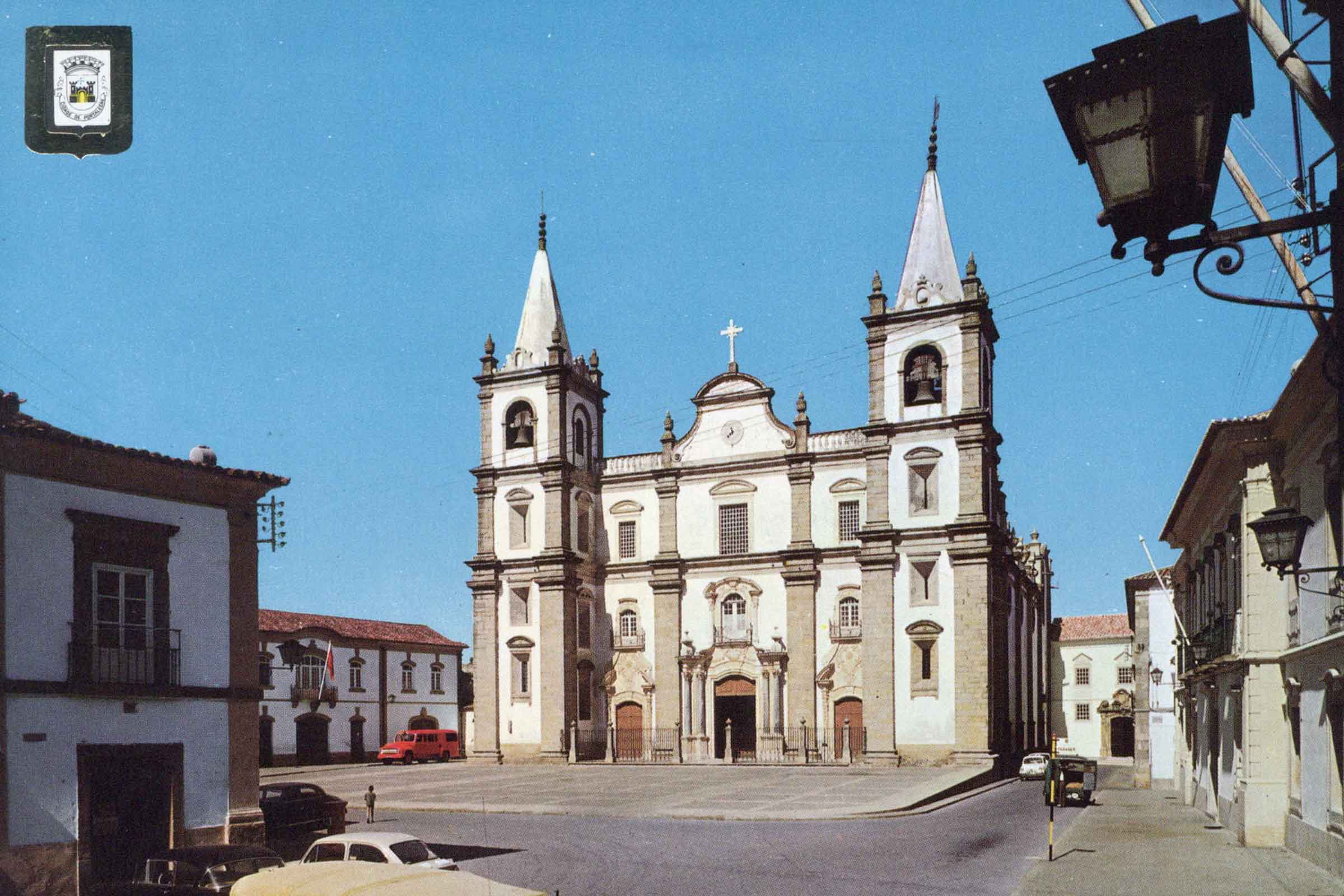
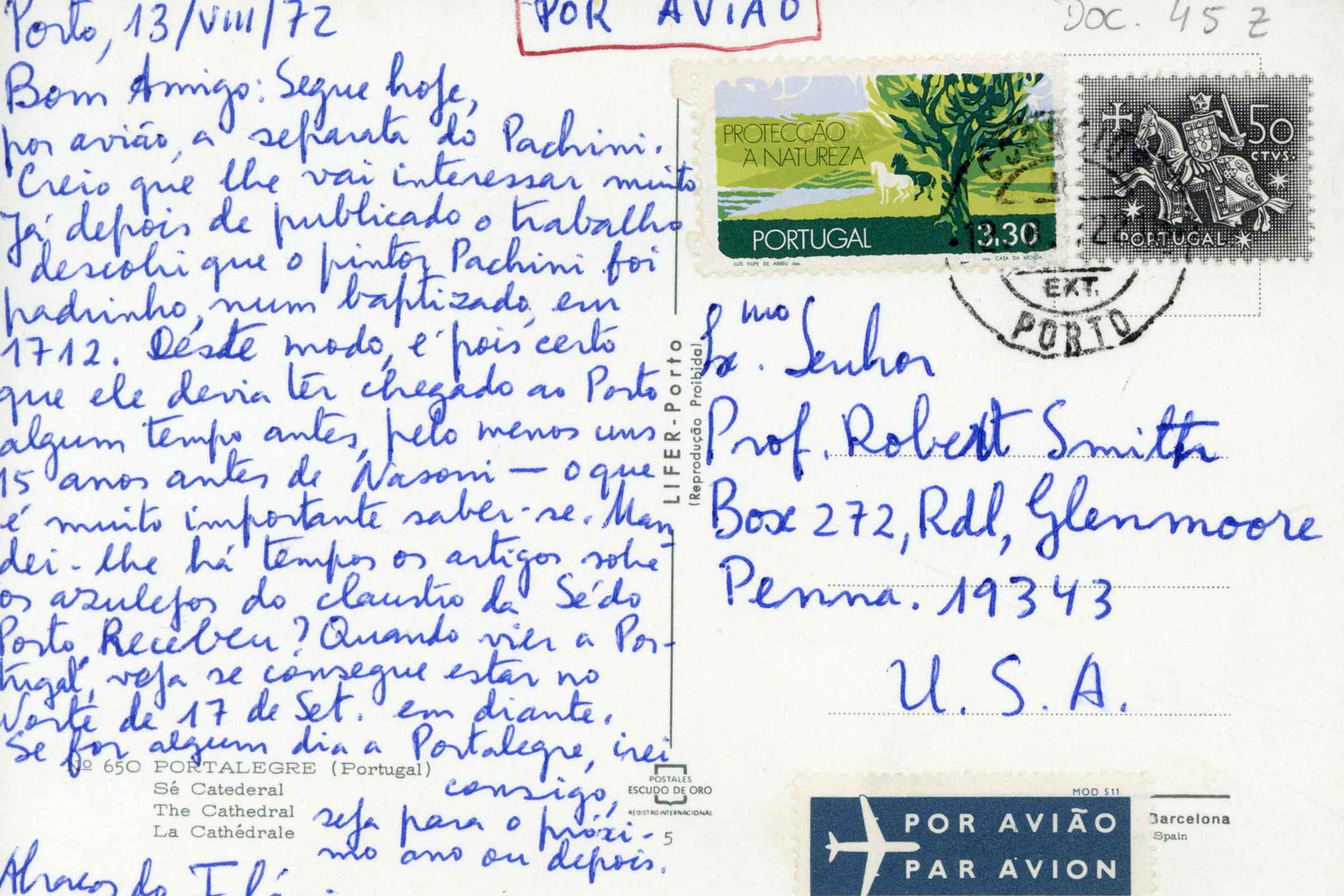
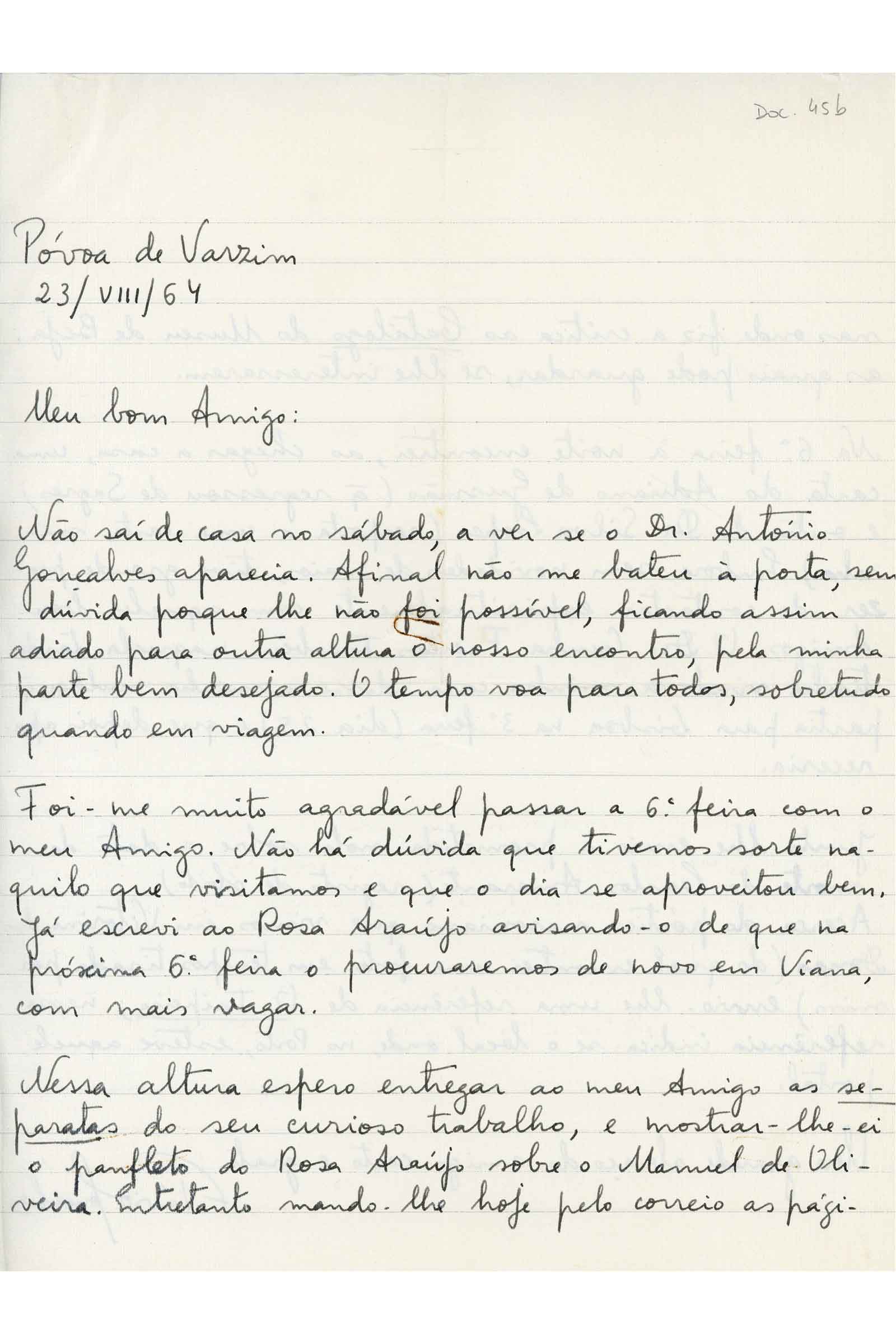
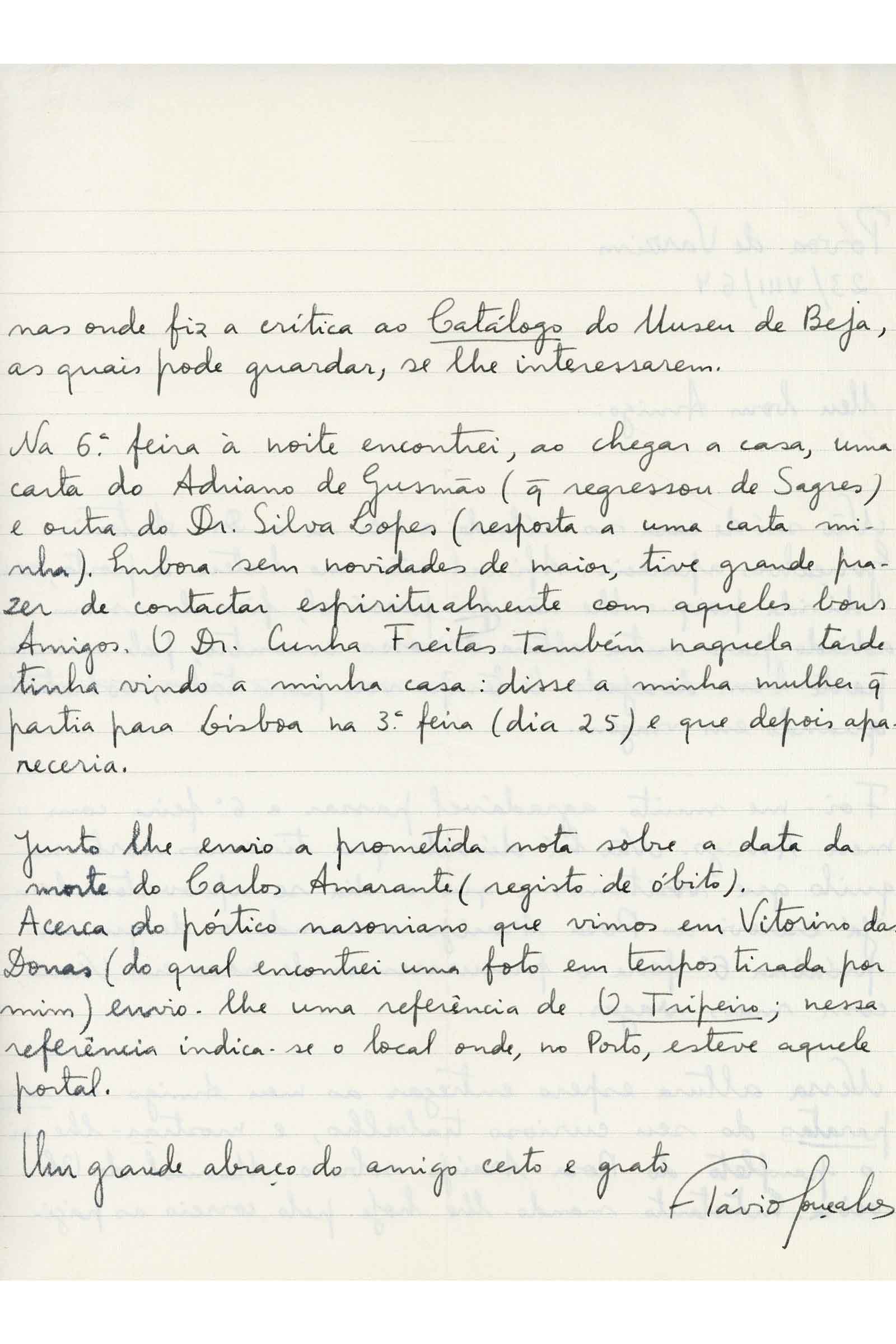
Over the years that he visited Portugal, Robert C. Smith published several monographs dedicated mainly to the decorative arts and to architects and sculptors from the north of the country.
His most notable works include A talha em Portugal; Nicolau Nasoni; Frei José de Santo António Vilaça; The art of Portugal e Cadeirais de Portugal.
In addition to his major works, Smith wrote dozens of articles in national and foreign journals, gave lectures and taught courses, disseminating the results of his research.
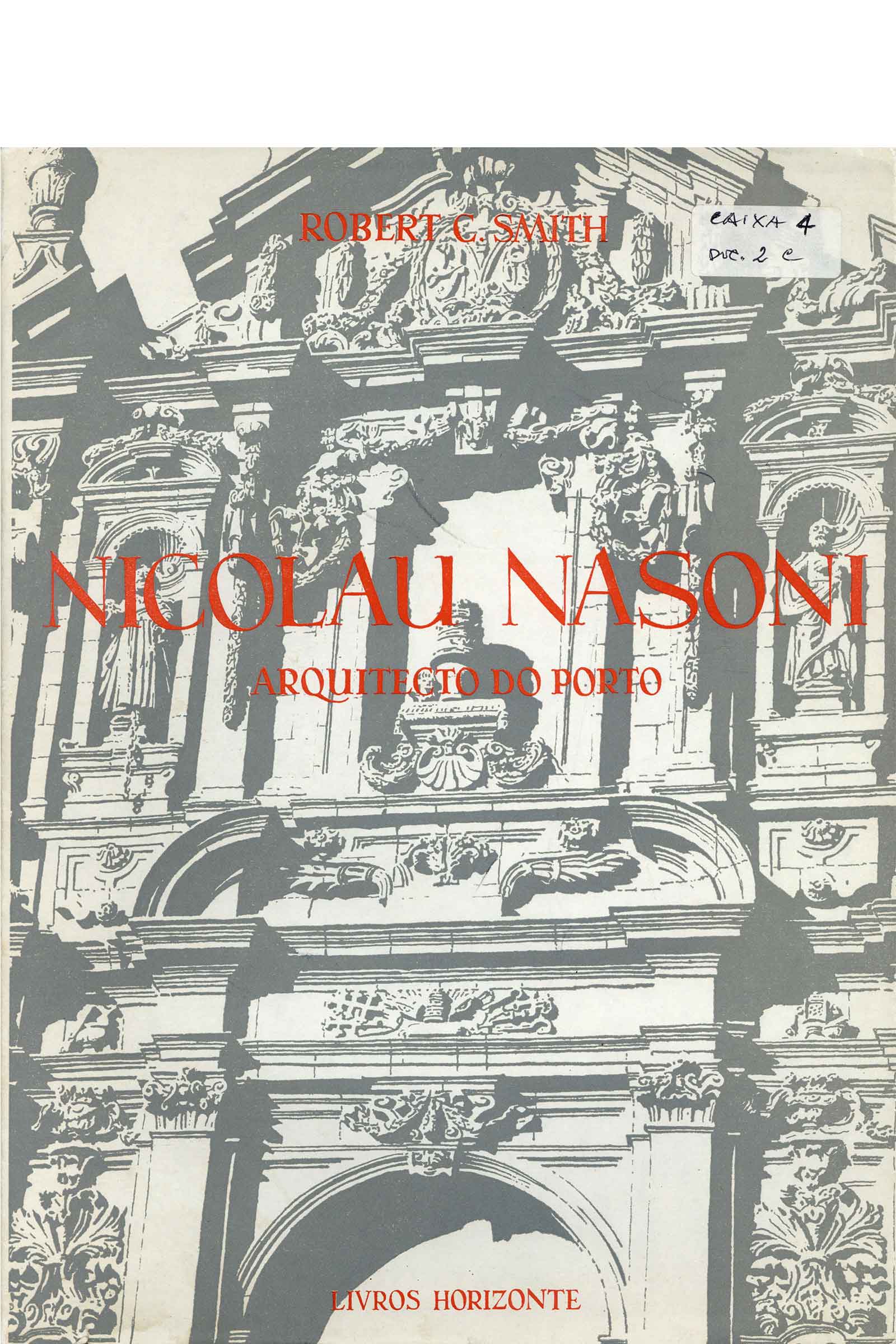

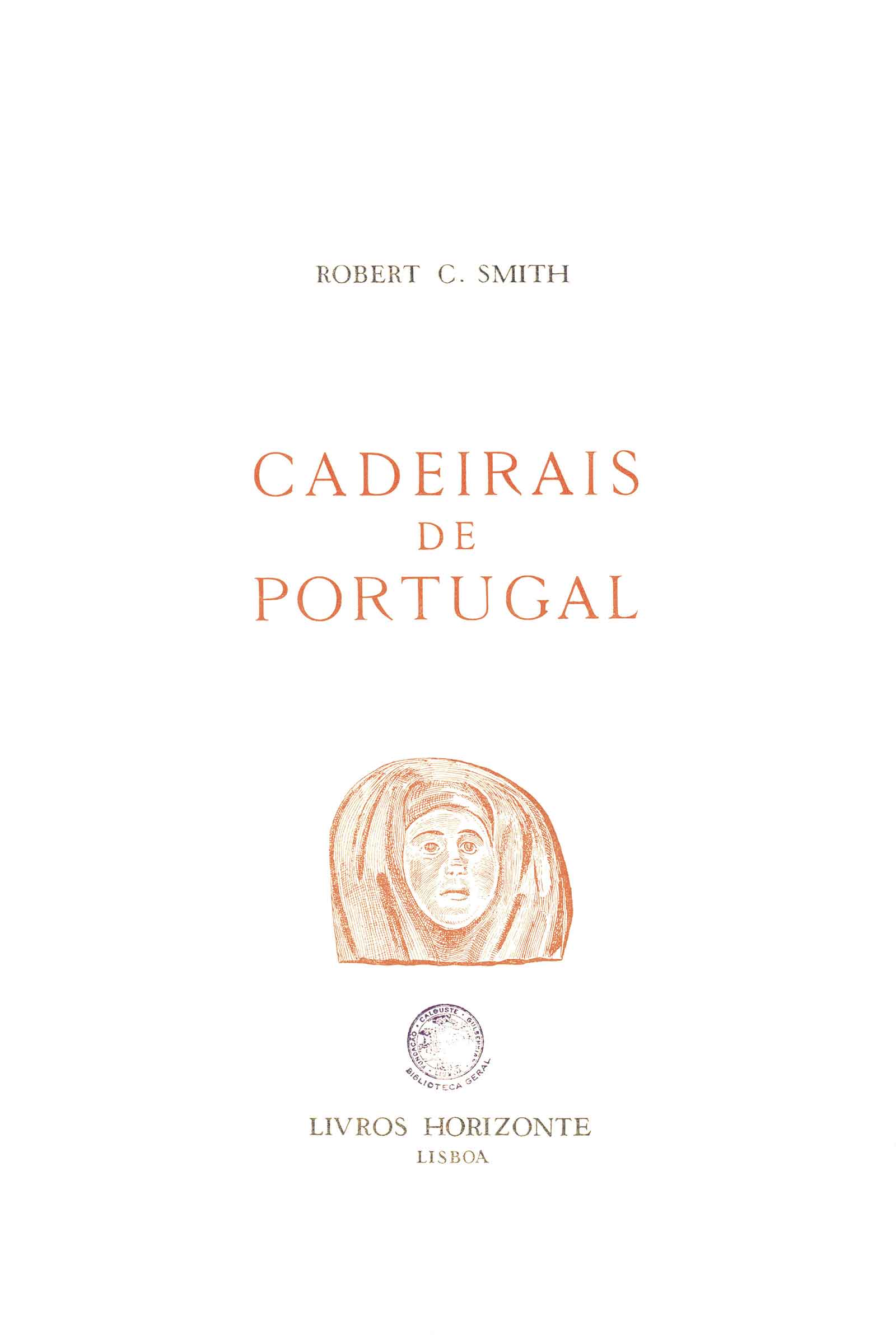
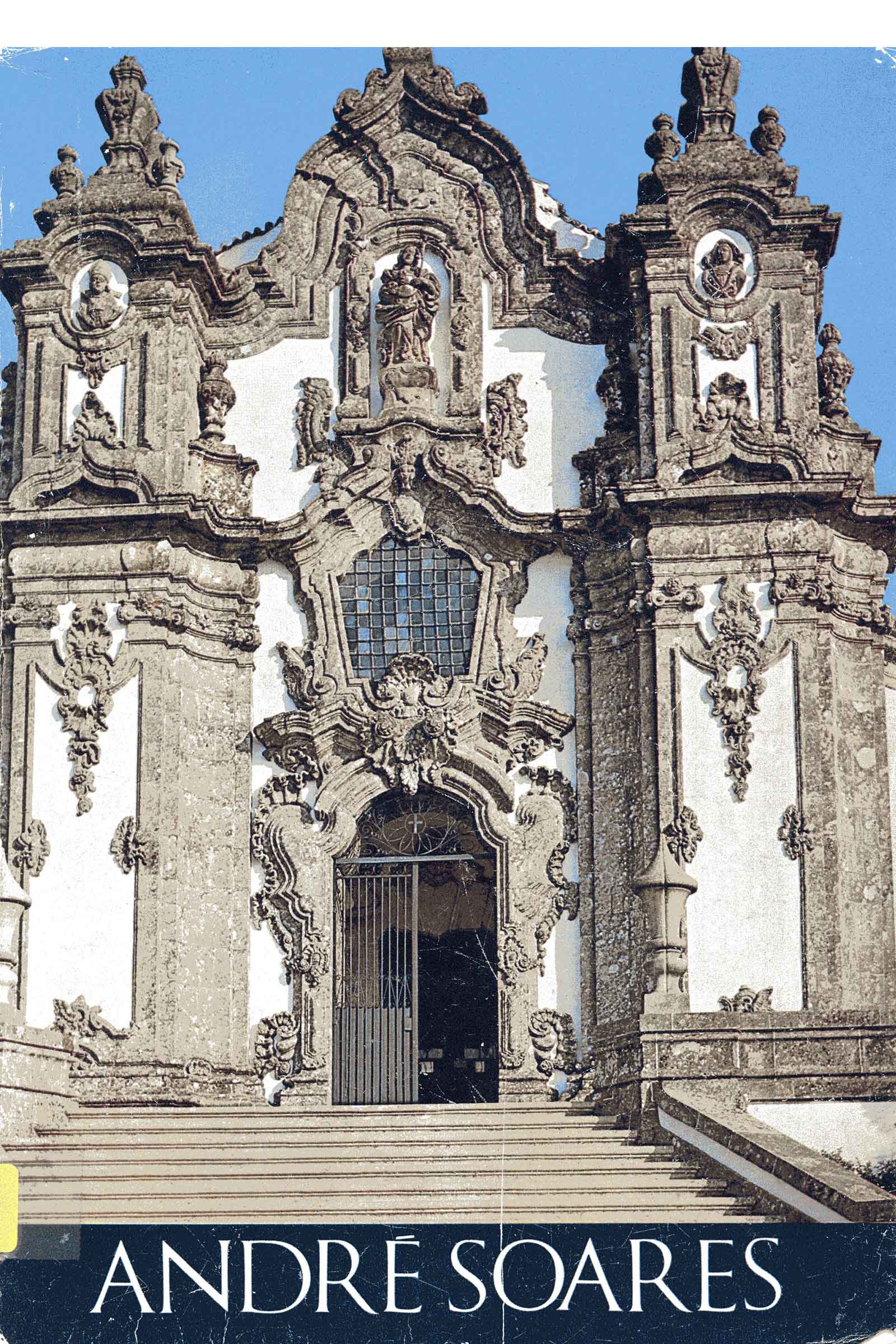
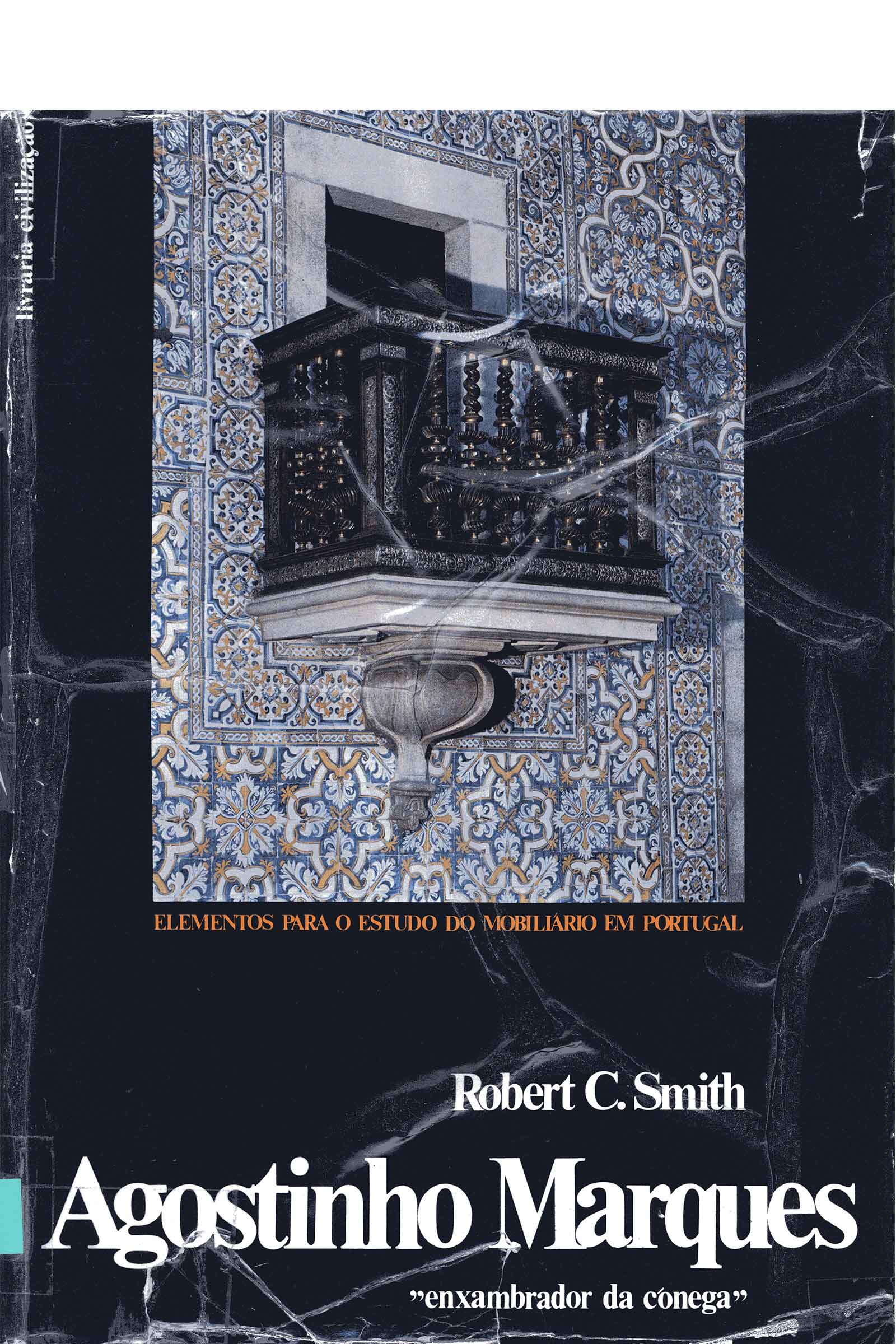
The list of his publications is long and diverse and includes the most respected and reputable art history magazines of the time – Apollo, Art Bulletin, Antiques, The Connoisseur… -, as well as Portuguese and Brazilian regional magazines and newspapers.
Without academic prejudice, the most important thing for Robert C. Smith, as a researcher and art historian, was to share his research beyond the walls of the academy. This was also a way of involving local populations, making them aware of the value of the heritage that surrounded them.



From his first academic studies, Robert C. Smith was also immediately interested in Brazil, which he visited for the first time in 1937, thanks to an American Council of Learned Societies scholarship.
In that year he published his first study of Brazilian art, an article, written in Portuguese, entitled Minas Gerais no desenvolvimento da arquitectura religiosa colonial. Smith carried out in-depth research into colonial architecture in this Brazilian state and made a complete photographic record of the monuments of the Minas Gerais baroque.
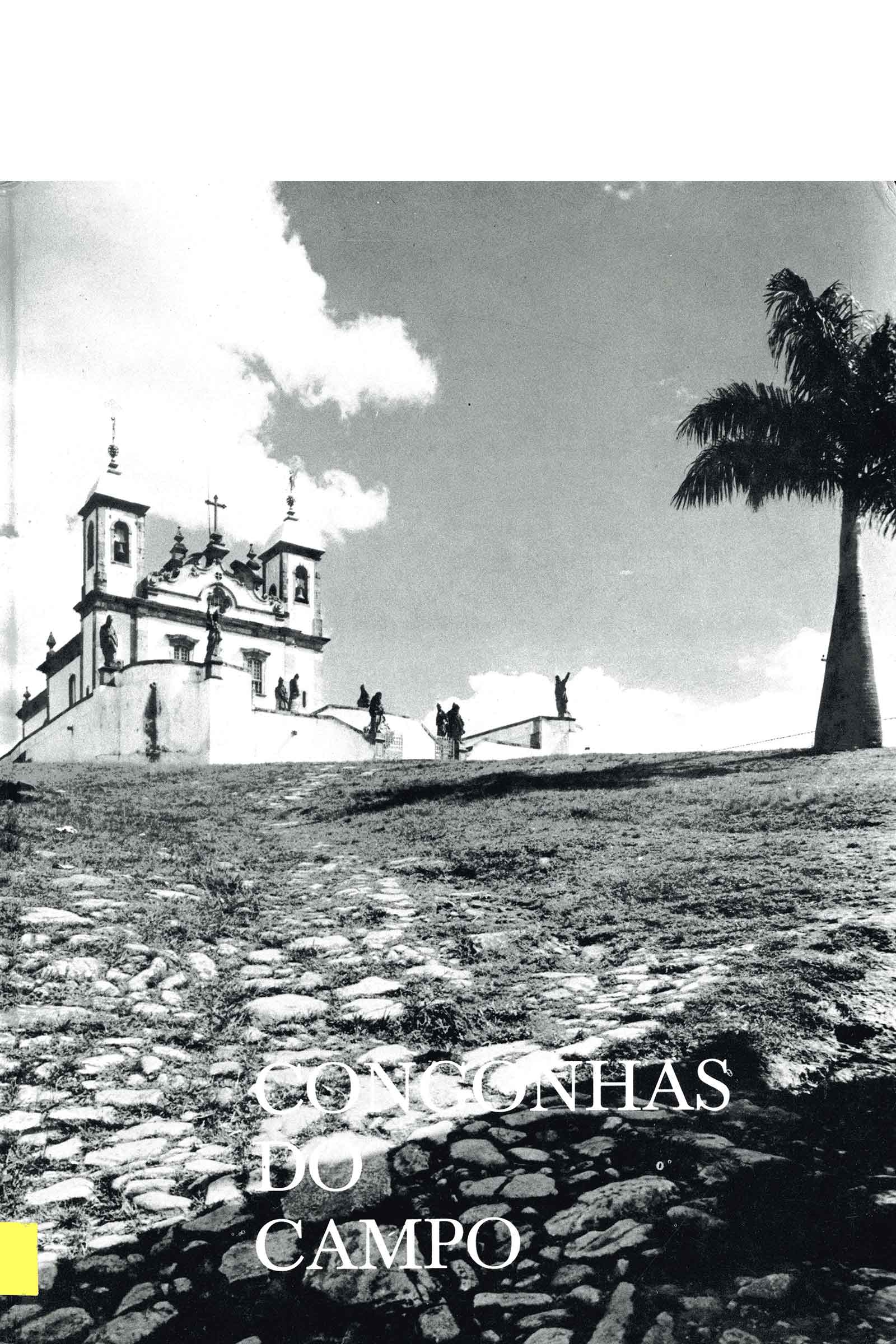
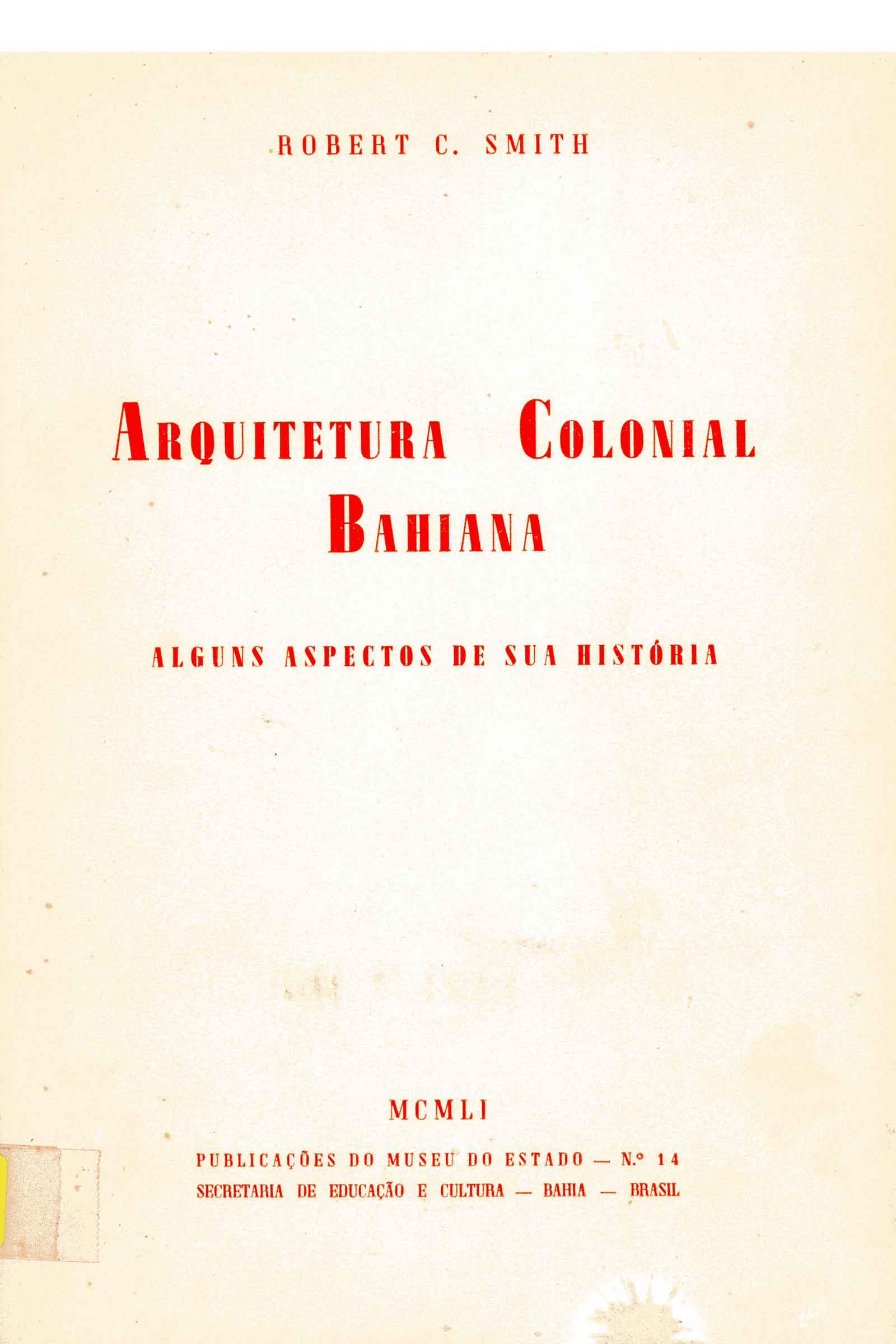

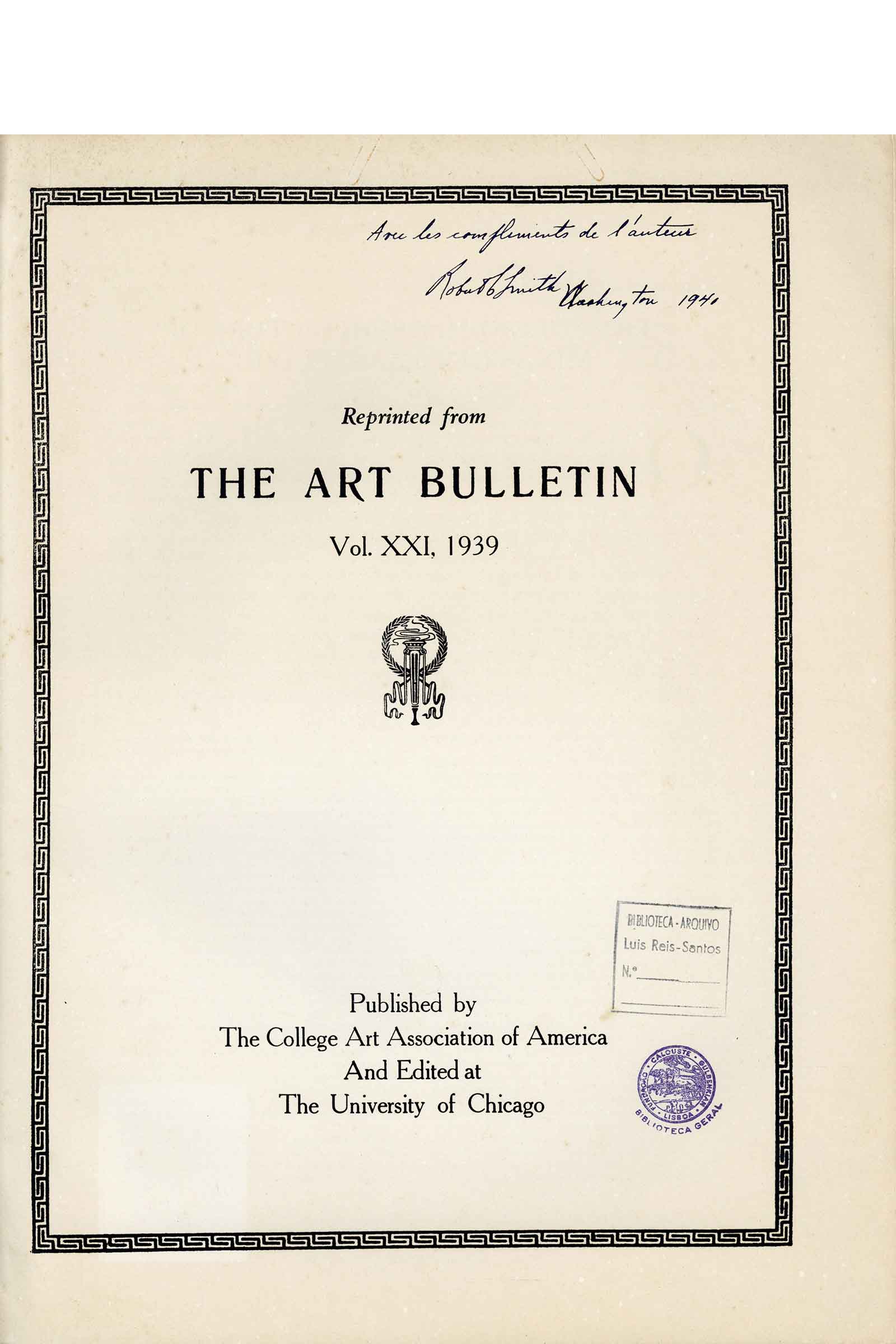

This connection to Brazil is also present in the correspondence that forms part of the “Archive Robert C. Smith”, namely in letters exchanged with institutions – National School of Fine Arts, Inspectorate of Museums and Monuments of the State of Bahia, Livraria Agir Editora, Royal Portuguese Cabinet of Reading, University of Bahia, University of São Paulo (Faculty of Architecture and Urbanism), Federal University of Pernambuco, among others.
And in letters exchanged with personalities from the academic and artistic, such as Amândio Feliciano, Amim B. Atta, Aracy Amaral, Augusto Telles, Ayrton Carvalho, Benício W. Dias, Cândido Portinari, Carlos Gomes, Daisy Pinto Ribeiro, Donato Mello Junior, Gilberto Ferrez, Heliodoro Pires, Joaquim Souza Leão, João Hermes Pereira de Araújo, José Wanderley Pinho, Lucio Costa, Luis Delgado, Maria Helena Flexor, Marieta Alves, Pedro Guimarães Pinto, Renato Soeiro and Rodrigo Mello Andrade.
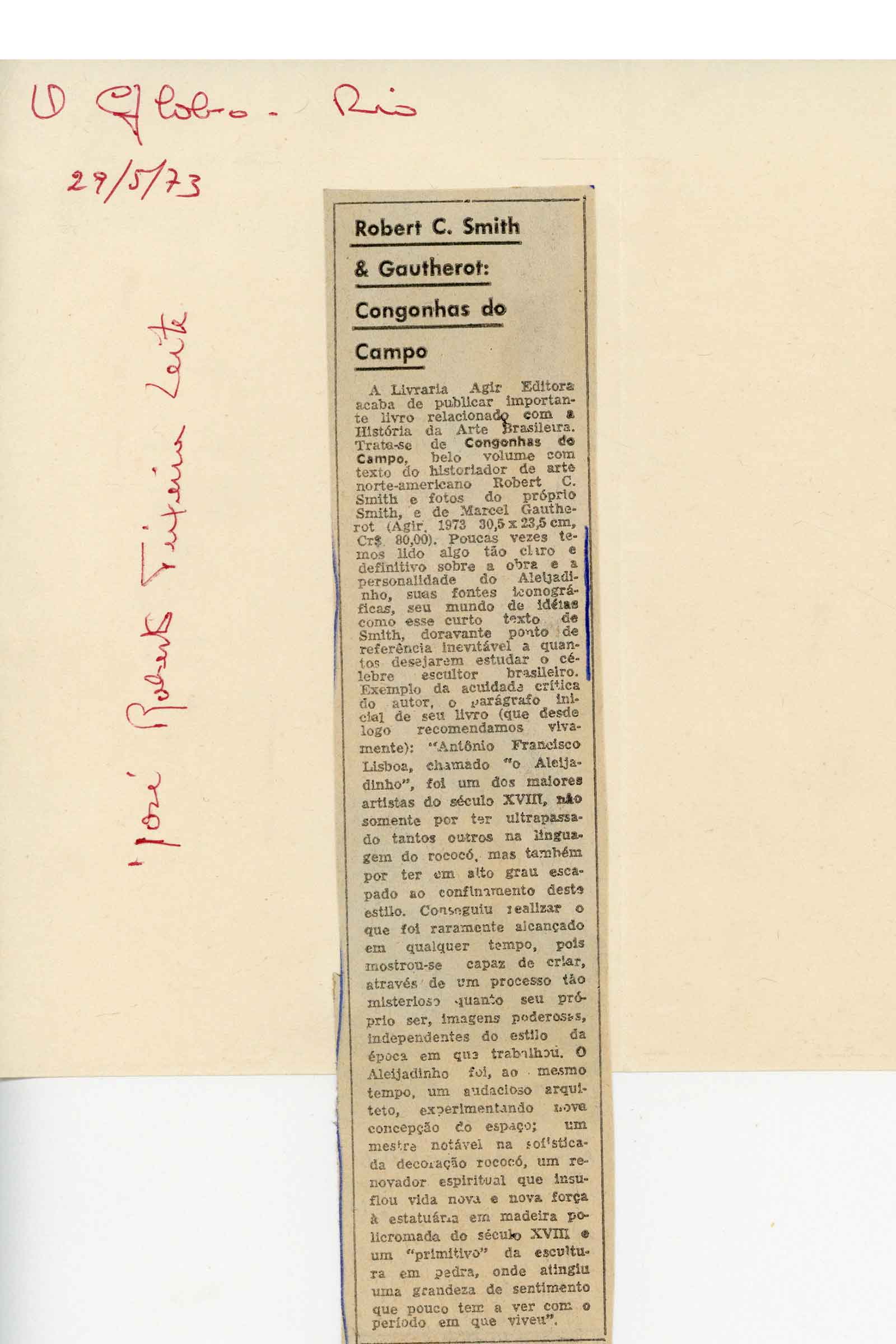
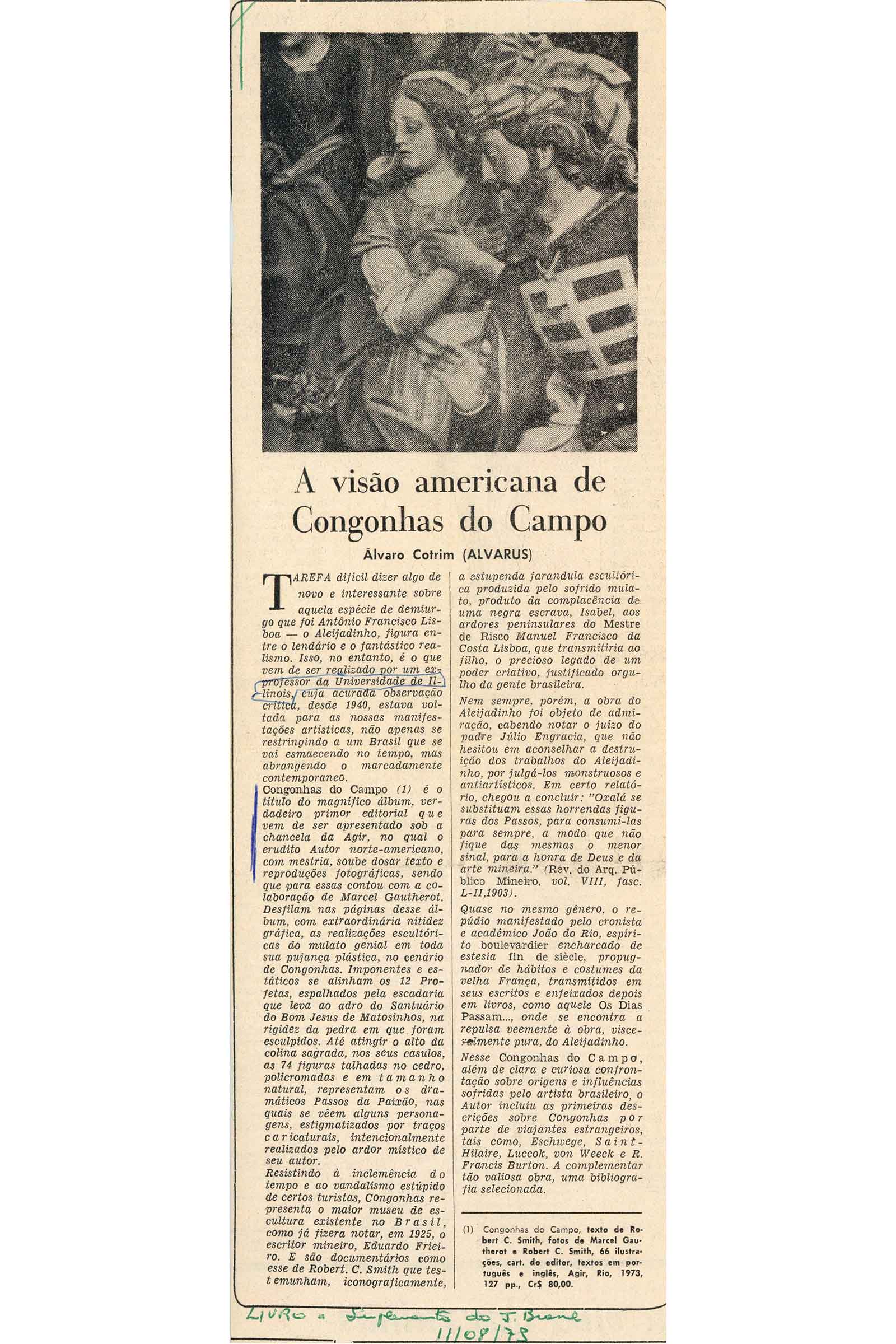

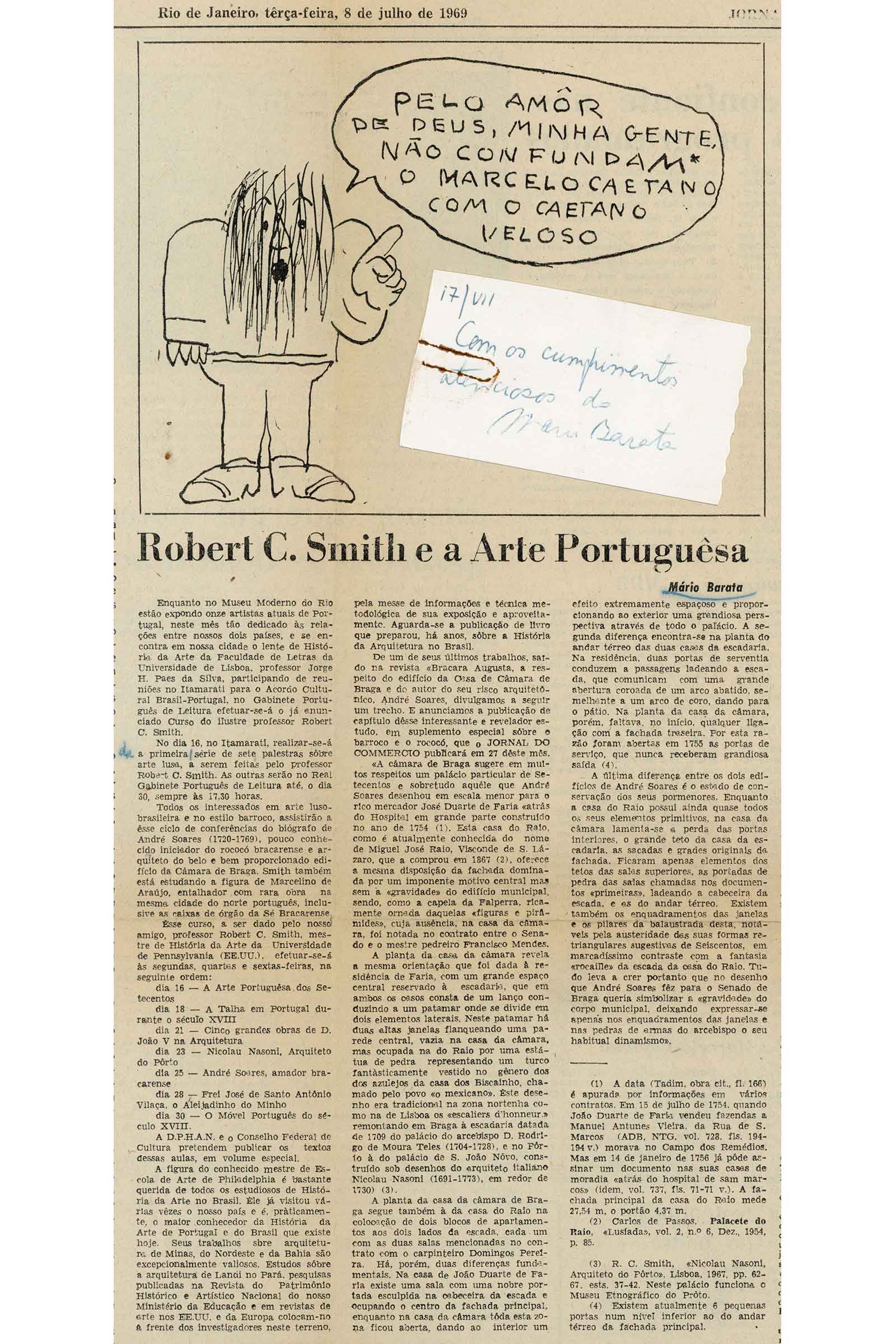
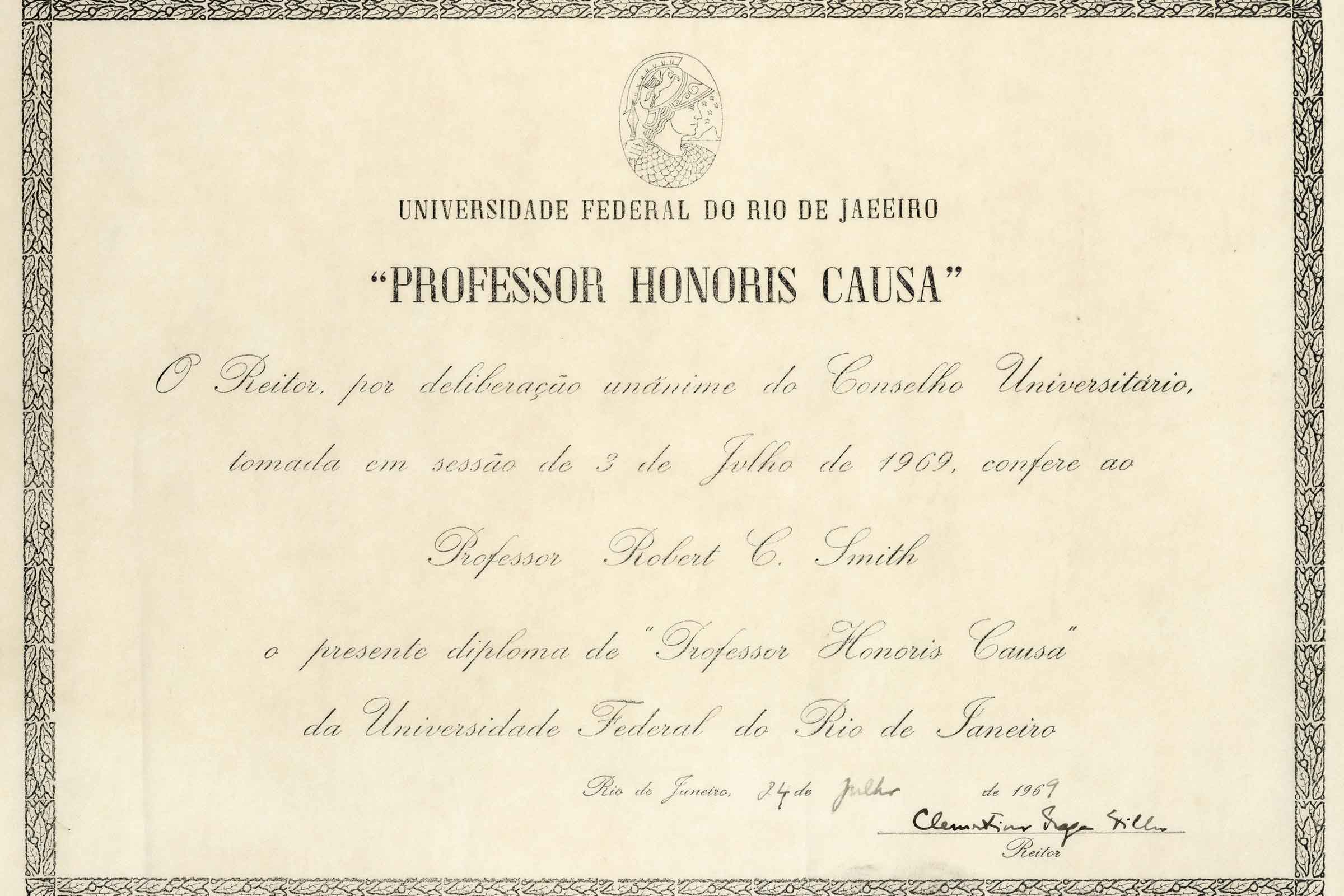
Robert C. Smith photographer
As curator of the prints and photographs section of the Hispanic Foundation at the Library of Congress in Washington, Robert C. Smith collected over 10,000 photographs for the institution’s photographic collection.
On his travels he photographed the buildings and their interiors and researched the existing documentation on them in archives and libraries.
We can, in fact, say that photography was a working tool that he favored as the most reliable record of the works he analysed, complemented by worksheets and notebooks in which he noted down his observations.
Through his analytical and critical thought about the investigated material, he registered the crossing of information of various origins.
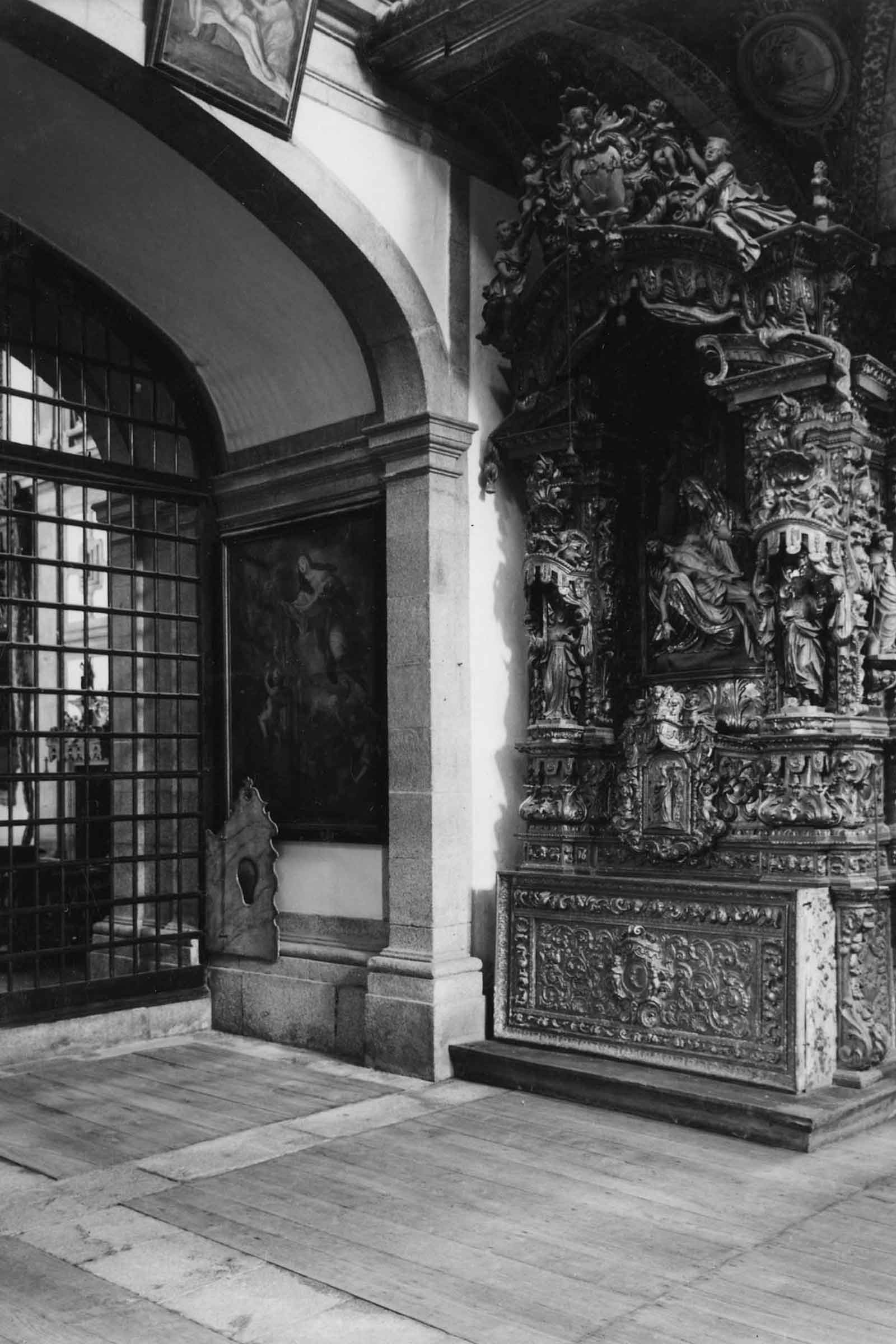
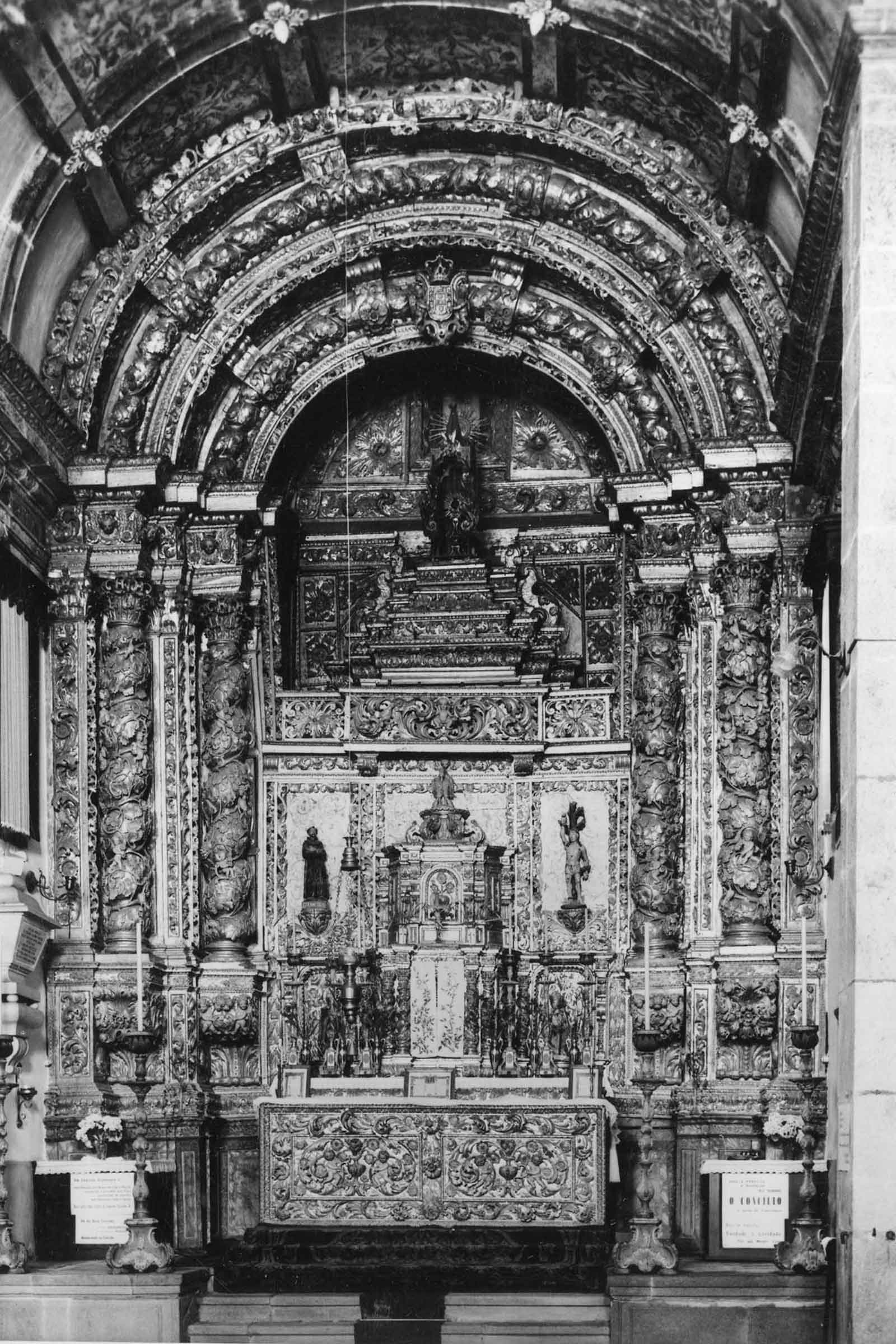
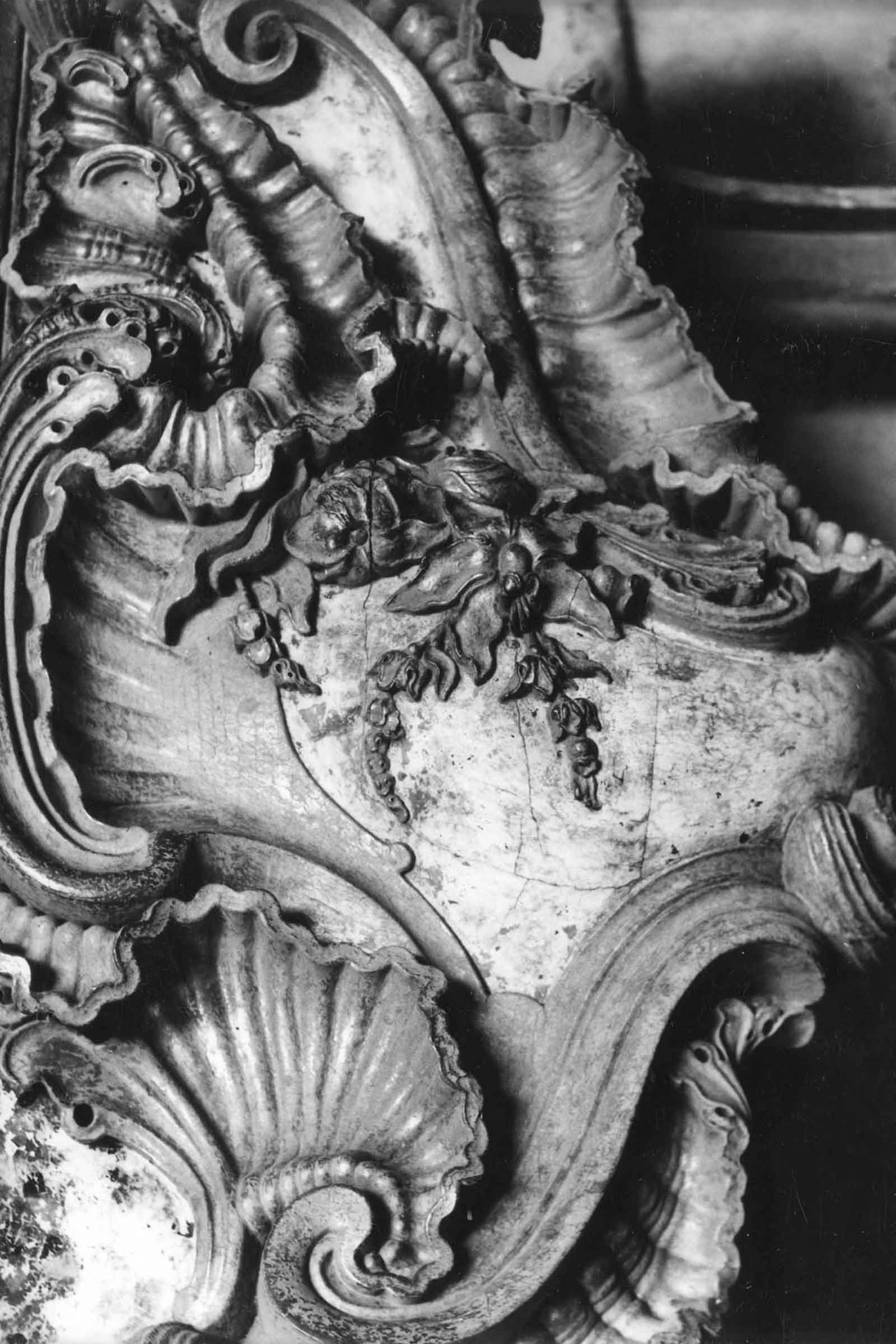

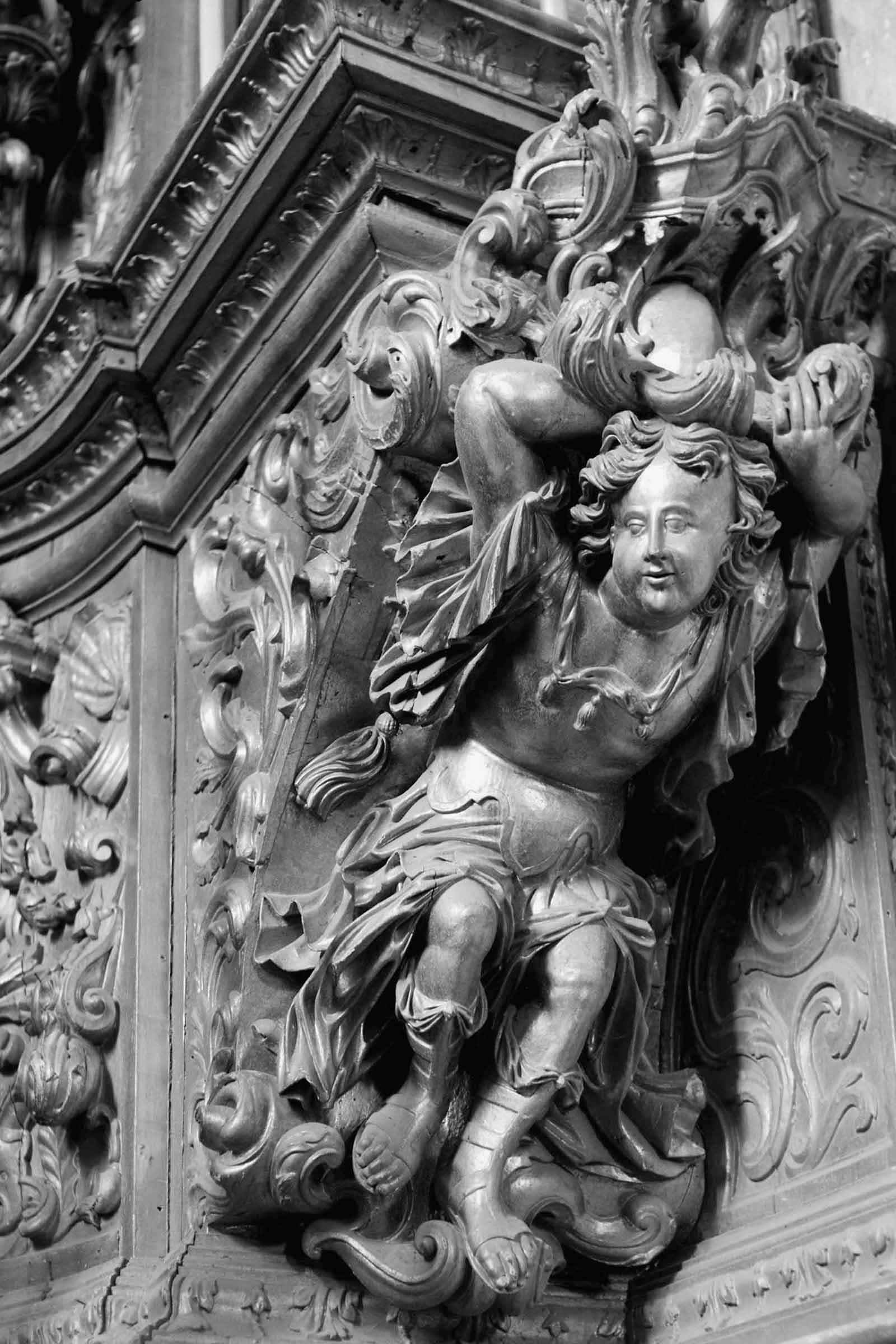
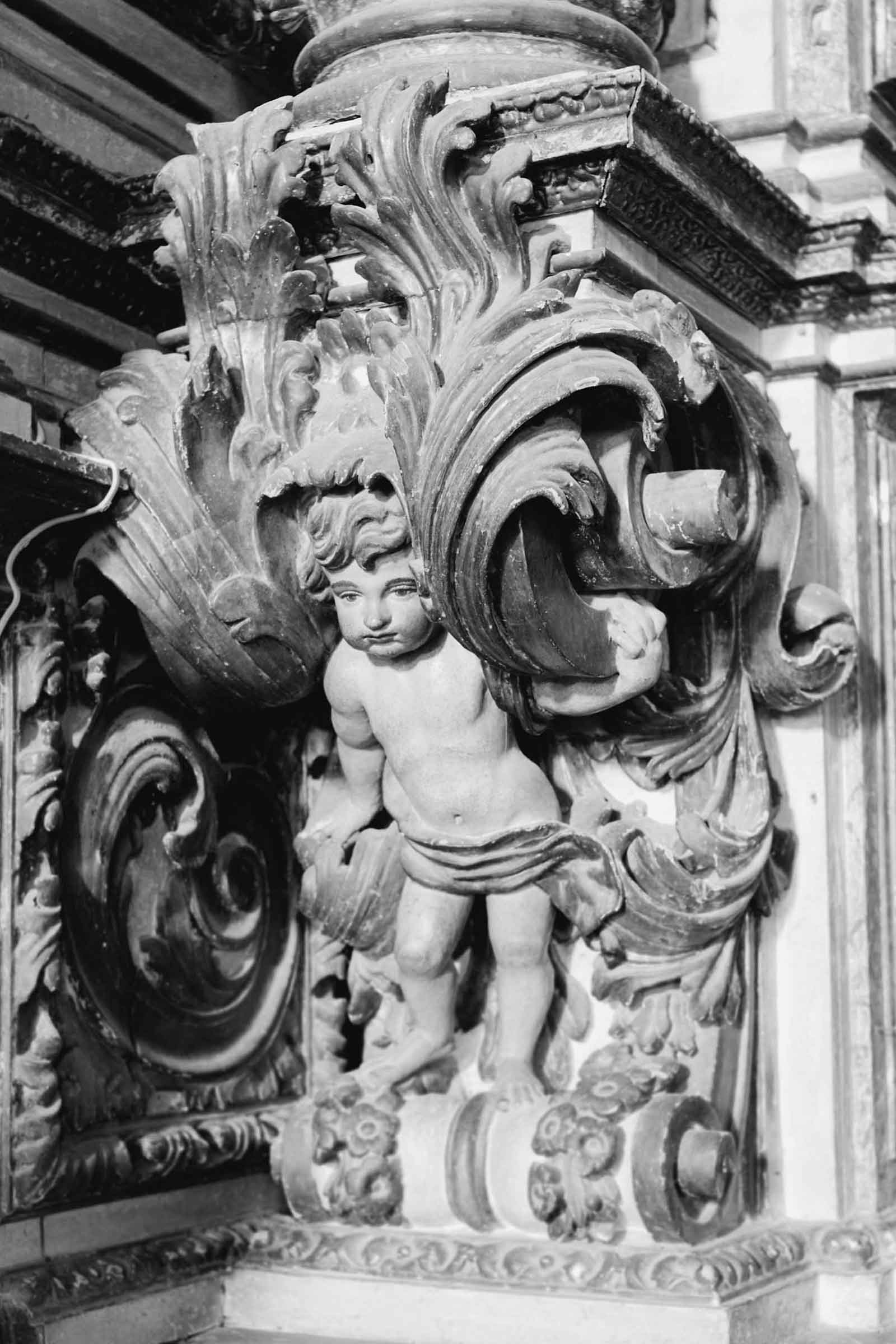

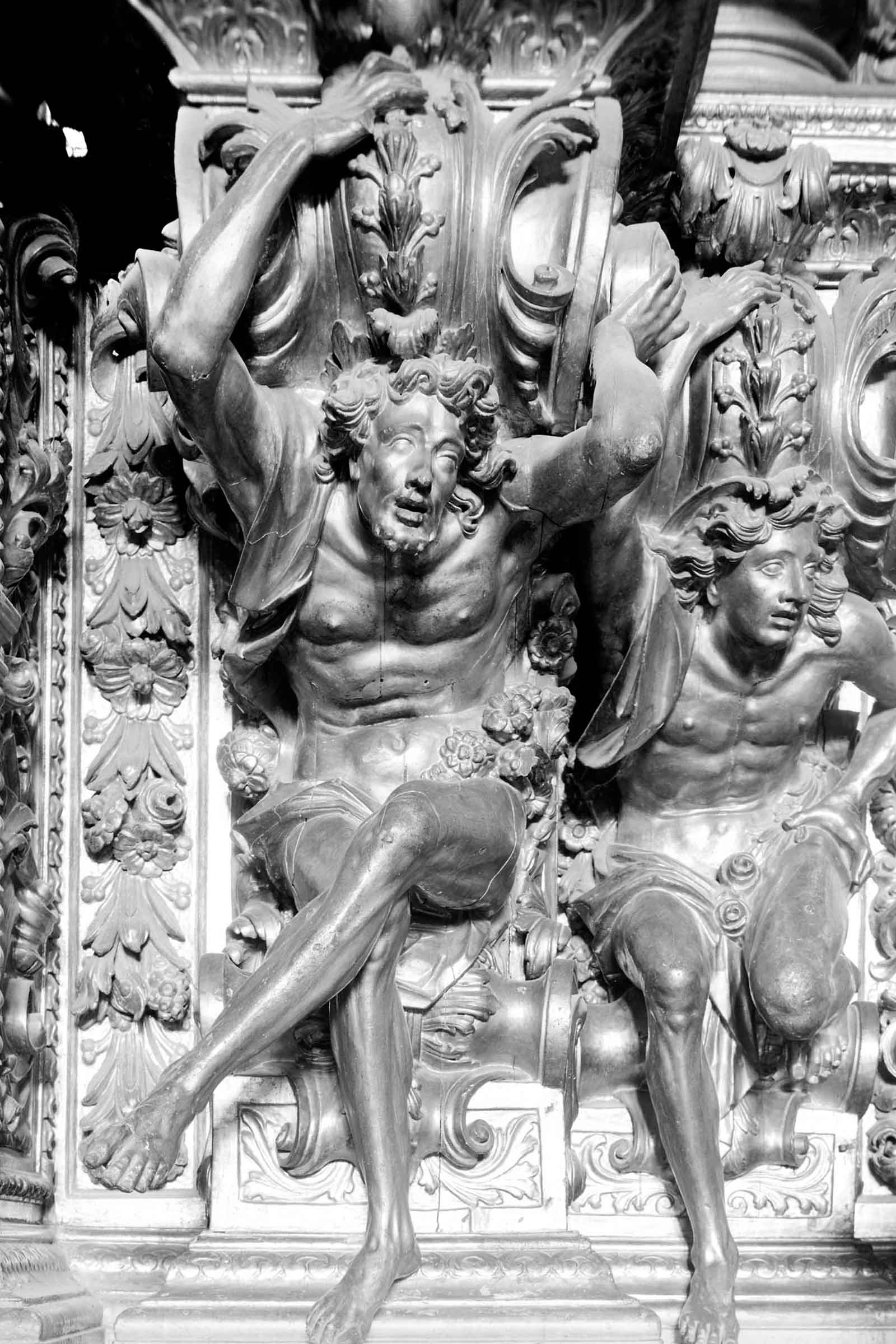
Smith was known for his perfectionism and photographic capture also confirmed this trait of his personality. His contemporaries testify the care and time he dedicated to the study missions he undertook.
The purchase of cameras and other equipment suitable for the tasks he wanted to perform or the waiting time for the most favorable times of the day for capturing images are proof of this precision and of the importance he gave to this phase of his work.
His research reports are also proof of that, in which he meticulously noted down the number of photographs he took, also associating correspondence in requests for orders, exchanges with other historians and even payments.
The main Portuguese photographic studios and even amateur photographers, active in the 1960s and 70s, collaborated with Robert C. Smith, in particular cases such as the studio of Mário Novais or Casa Alvão in Porto.

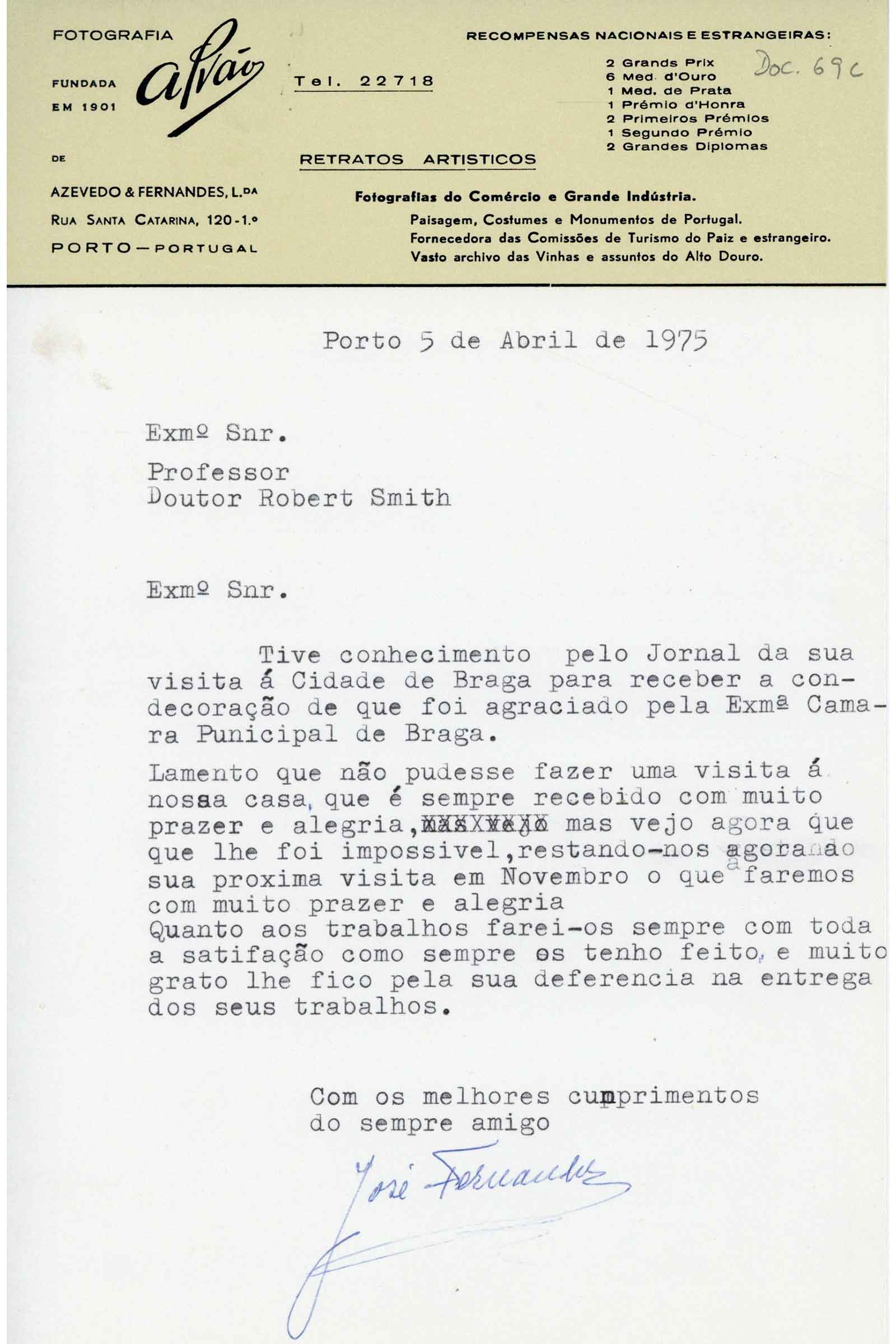
Unfinished studies: Biblioteca Joanina of Coimbra, History and Art
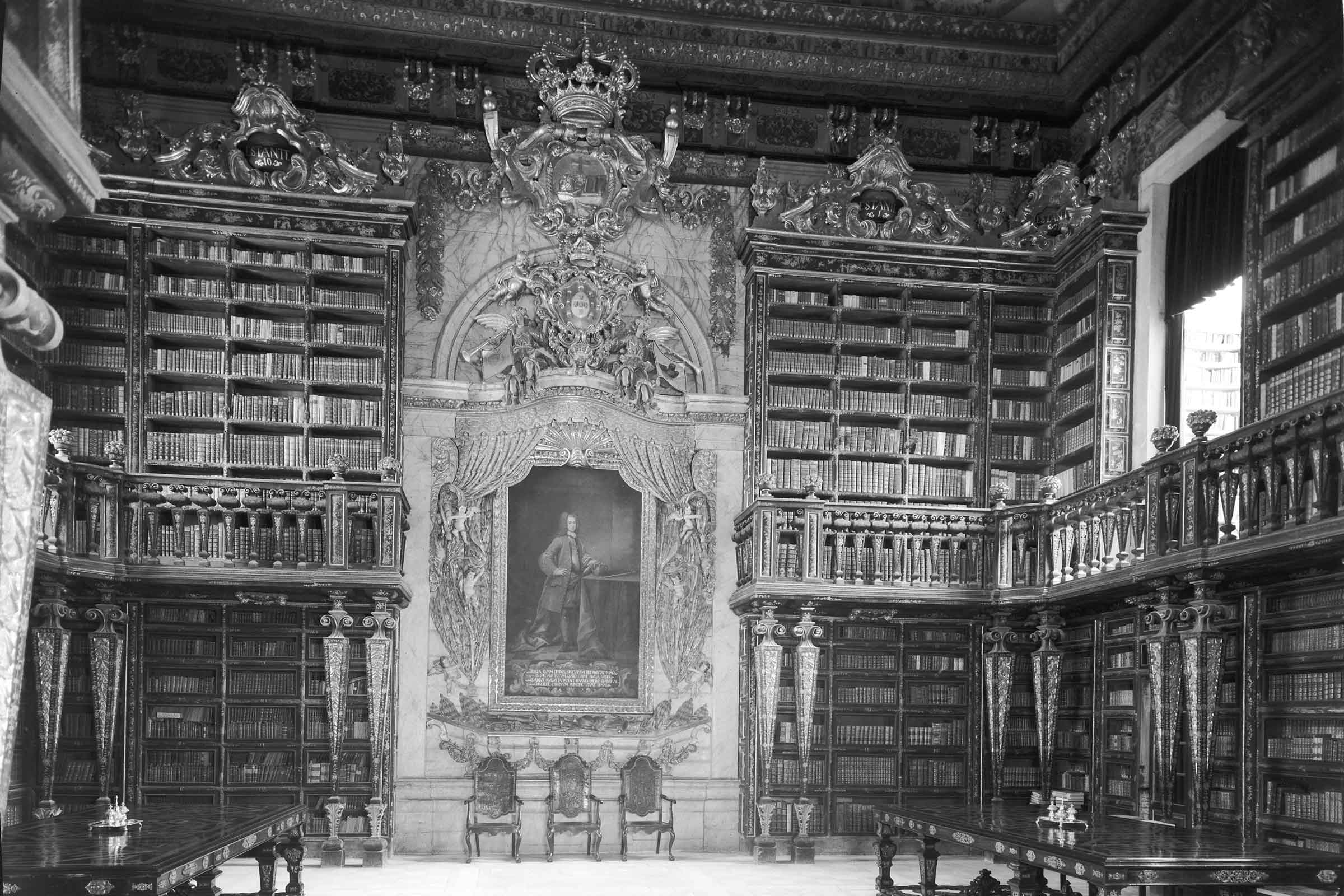
When he passed away in 1975, Robert C. Smith left unpublished a book that he had been preparing since the late 1960s.
The book in question was dedicated to the Biblioteca Joanina of Coimbra and dealt with the building’s constructive history and the arts present inside it.
The result of several years of intensive research, the unpublished documents reveal Smith’s personal commitment and investment in this project. They include the two chapters he wrote for the book, dozens of handwritten and typewritten notes, work sheets, photocopies of building contracts, plans, engravings, and letters exchanged with various personalities in Portugal and abroad to gather information for the theme.
These included Guilherme Braga da Cruz (director of the General Library of the University of Coimbra), Maria Helena da Rocha Pereira (vice-rector of the University of Coimbra), Lígia Brandão (archivist of the University Library), Flávio Gonçalves (Fine Art School of Oporto), Egídio Guimarães (director of the Braga Public Library) and also art historians such as Yves Bottineau (university professor and curator of the Louvre Museum, Paris) and Germain Bazin (chief curator of the painting section of the Louvre Museum).
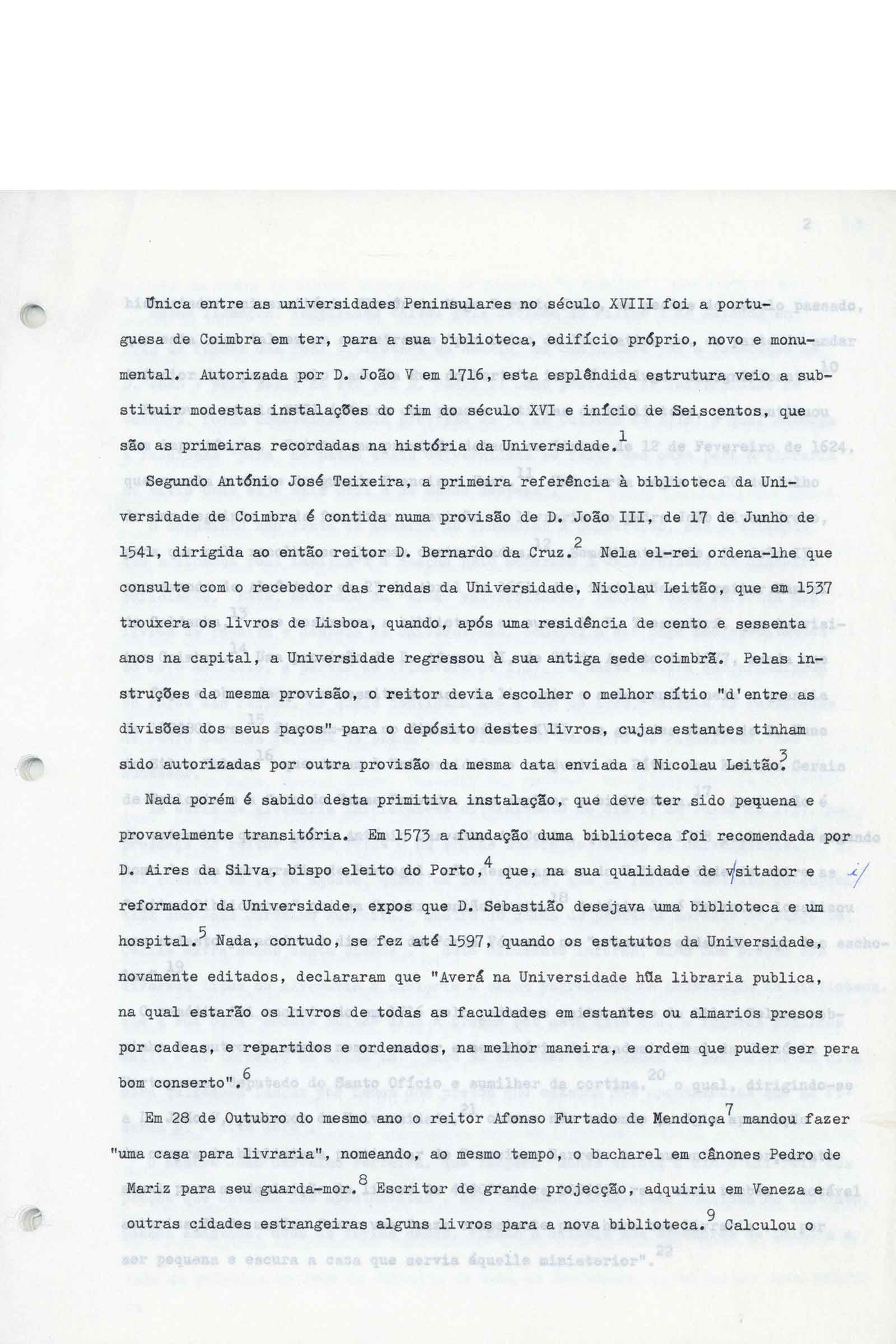
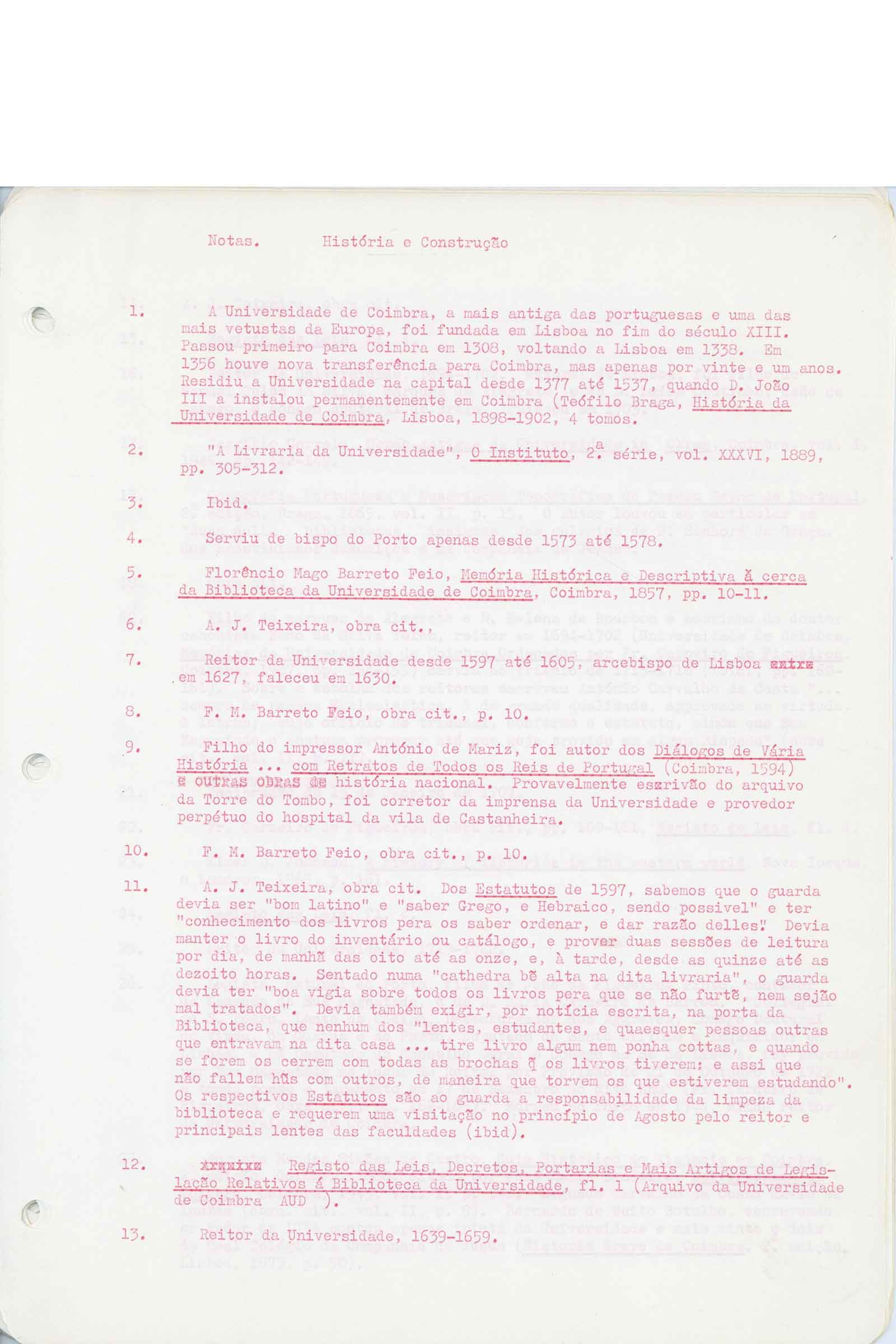
The two chapters he left written bear witness to the research process he undertook, which only accumulated excessive work and his early death prevented him from carrying out.
A critical edition of this work is currently being prepared, as part of the seed project by Sílvia Ferreira (researcher at the Institute of History of Art, Faculty of Social and Human Sciences, New University of Lisbon), The King John Library of Coimbra, history, and art. An unpublished study by Robert C. Smith, undertaken with the support of the Foundation for Science and Technology (Ministry of Science, Technology and Higher Education) and in collaboration with the Coimbra University Press and the Calouste Gulbenkian Foundation.
Robert C. Smith and the Calouste Gulbenkian Foundation
In 1962 the Calouste Gulbenkian Foundation awarded Robert C. Smith a grant that enabled him to continue his studies on woodcarving in Portugal, which dated back as far as 1948, when Smith began photographically recording hundreds of pieces and published the 1950 article The Portuguese wood carved retable 1600-1750 (Belas Artes. Lisboa. S. 2, n. 2 (1950), p. 14-57).
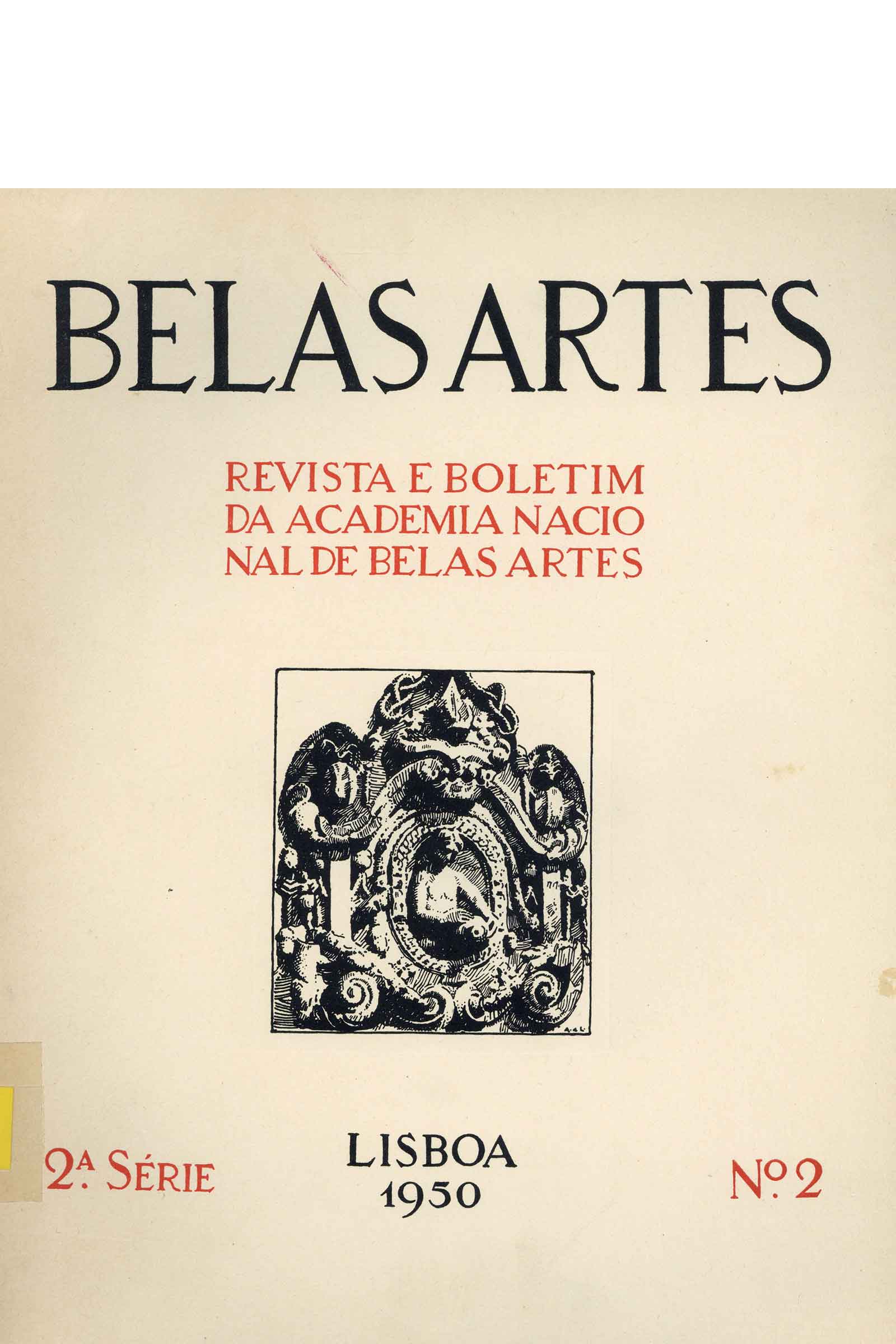
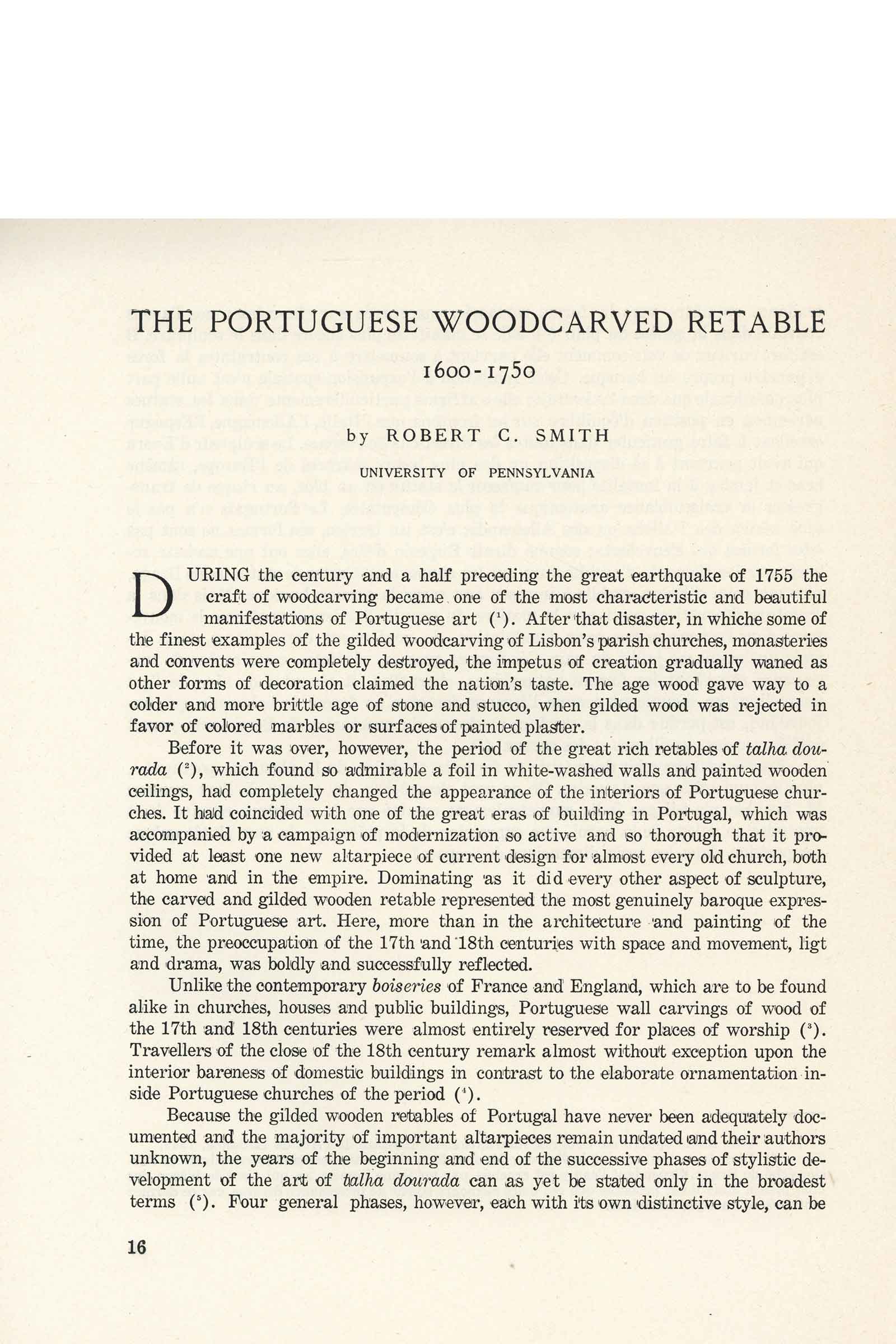
With this scholarship, between 1962 and 1964, Robert C. Smith carried out a survey and inventory of the woodcarvings in Portugal, constituting a visual collection with 1,878 photographic proofs and 1,416 negatives.
The result of this systematic and exhaustive work was the book A talha em Portugal (originally published in 12 issues), published in 1963, and the exhibition with the same name inaugurated the same year.
In 1966 he received new support from the Calouste Gulbenkian Foundation to continue his studies dedicated to Portuguese art, namely, to continue his research on the Benedictine friar and artist José de Santo António Vilaça.
In 1972, one of his most important works was published by the Foundation: the book Frei José de Santo António Ferreira Vilaça. Escultor beneditino do século XVIII.
In 1973 he was again granted financial support for the preparation of the work entitled Miscelânea de Estudos de Arte e História Social dos séculos XVIII e XIX em Portugal.
Over the years he also received support from the Calouste Gulbenkian Foundation for his participation in congresses, of which the international study in homage to André Soares, held in Braga and Porto, stands out.
In addition to more direct financial support, Robert C. Smith was a trainer on courses and gave several lectures at the Calouste Gulbenkian Foundation, alongside some of the country’s leading art historians and researchers, including João Couto, Carlos de Azevedo, Mário Tavares Chicó and João Miguel dos Santos Simões.

The itinerant exhibition A talha em Portugal
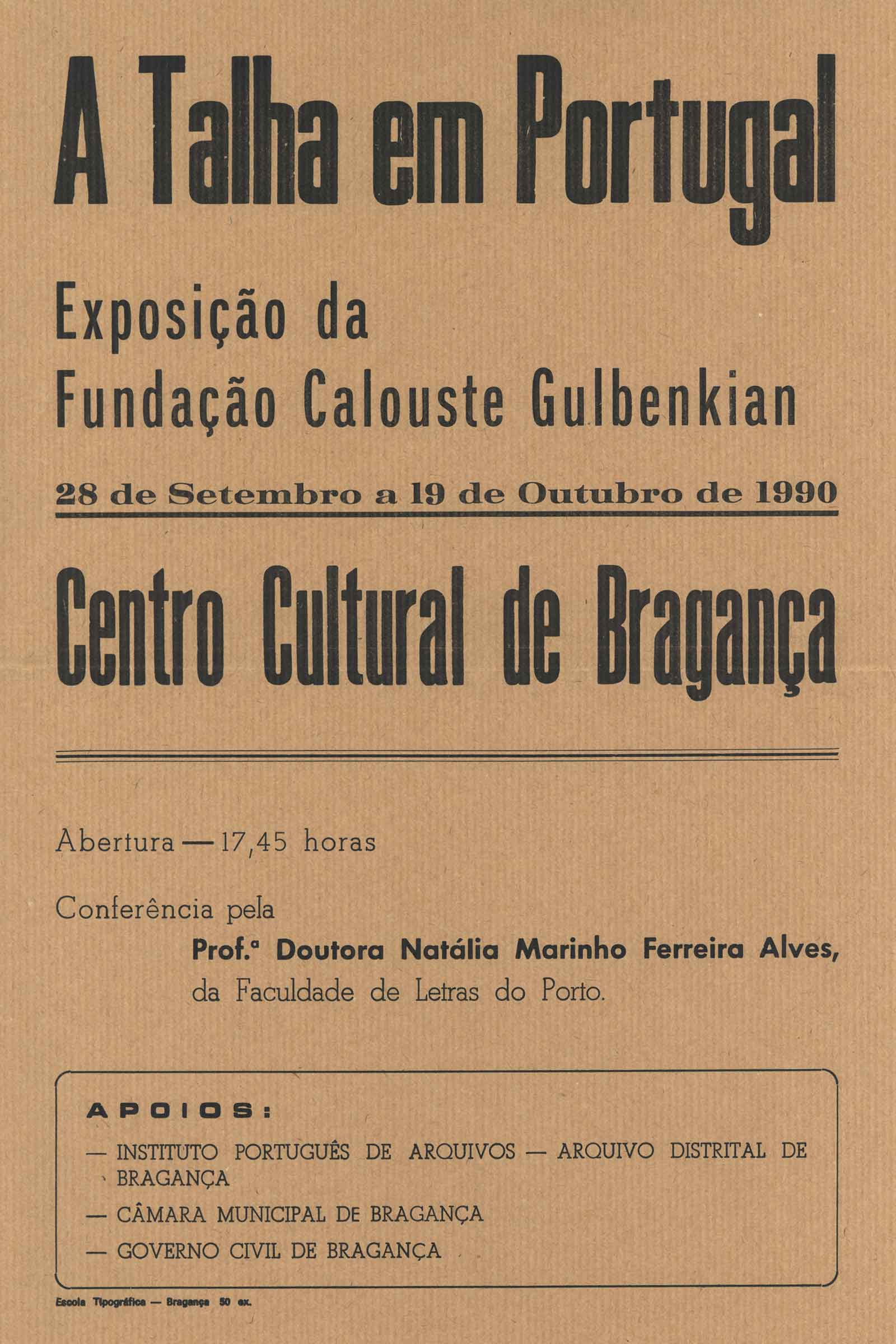
The exhibition “A talha em Portugal” was organized by the Fine Arts Department of the Calouste Gulbenkian Foundation, directed by the art historian Artur Nobre de Gusmão (1920-2001), a service through which Robert C. Smith obtained his scholarship.
It was first presented in 1963, in Lisbon, in a pavilion that the Foundation used to hold some exhibition events before the construction of the Avenida de Berna complex. The exhibition was curated by Smith himself and presented only a very small part of his survey and inventory work, still in progress.
In fact, the number of photographic images that made up the exhibition – 87 photographs taken by Robert C. Smith – was relatively modest in comparison with the total number he eventually realized: 1,878 proofs and 1,416 negatives.
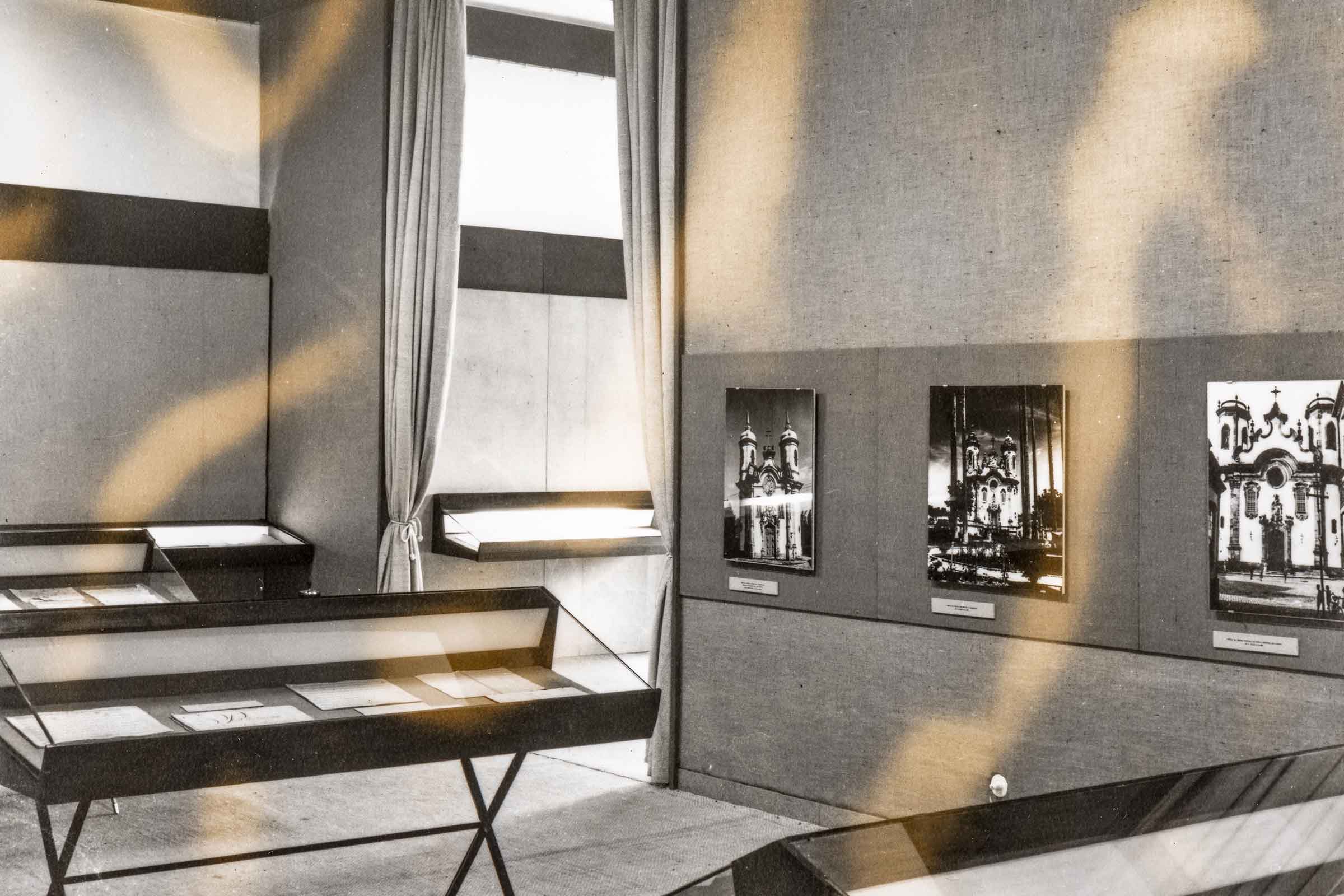
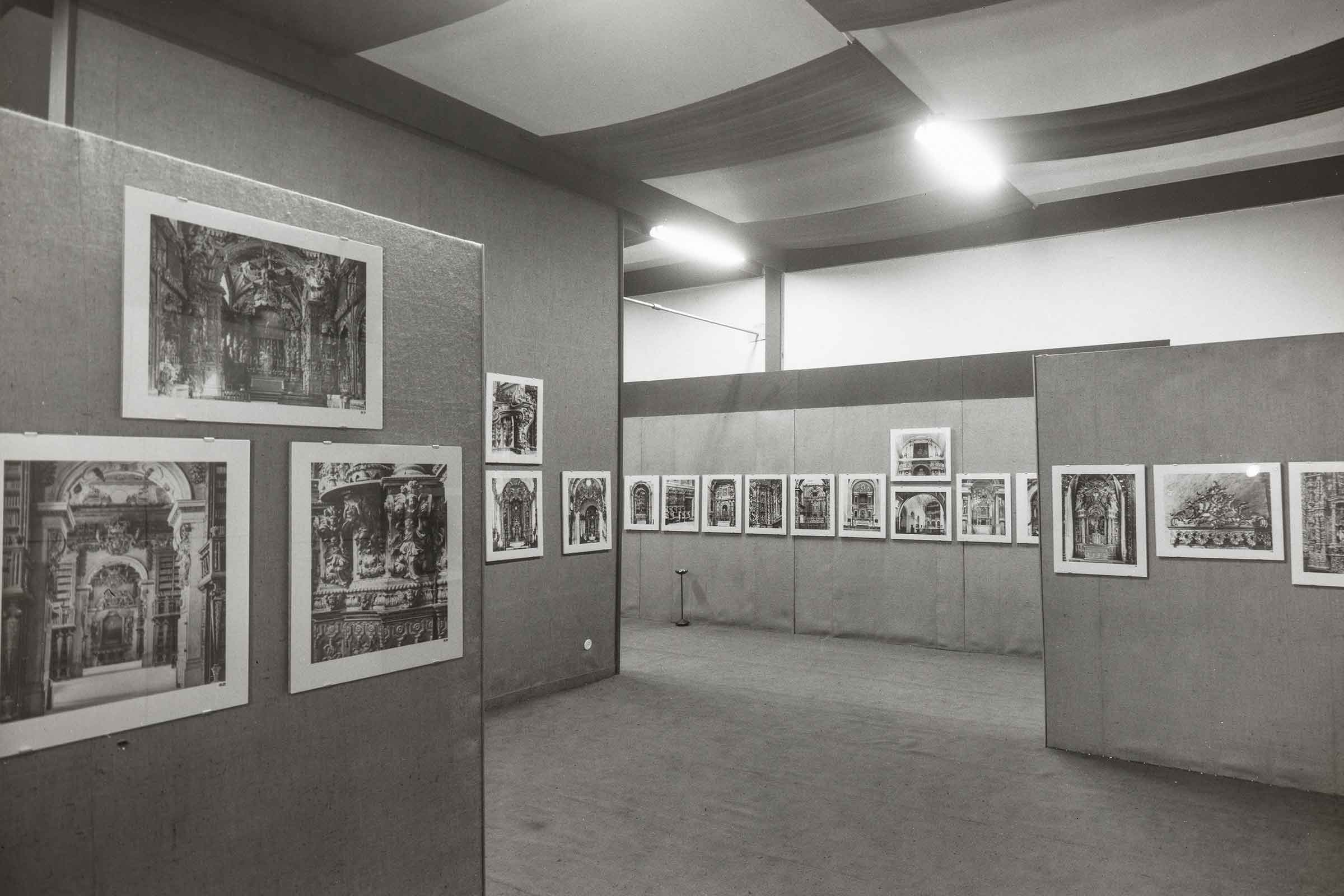
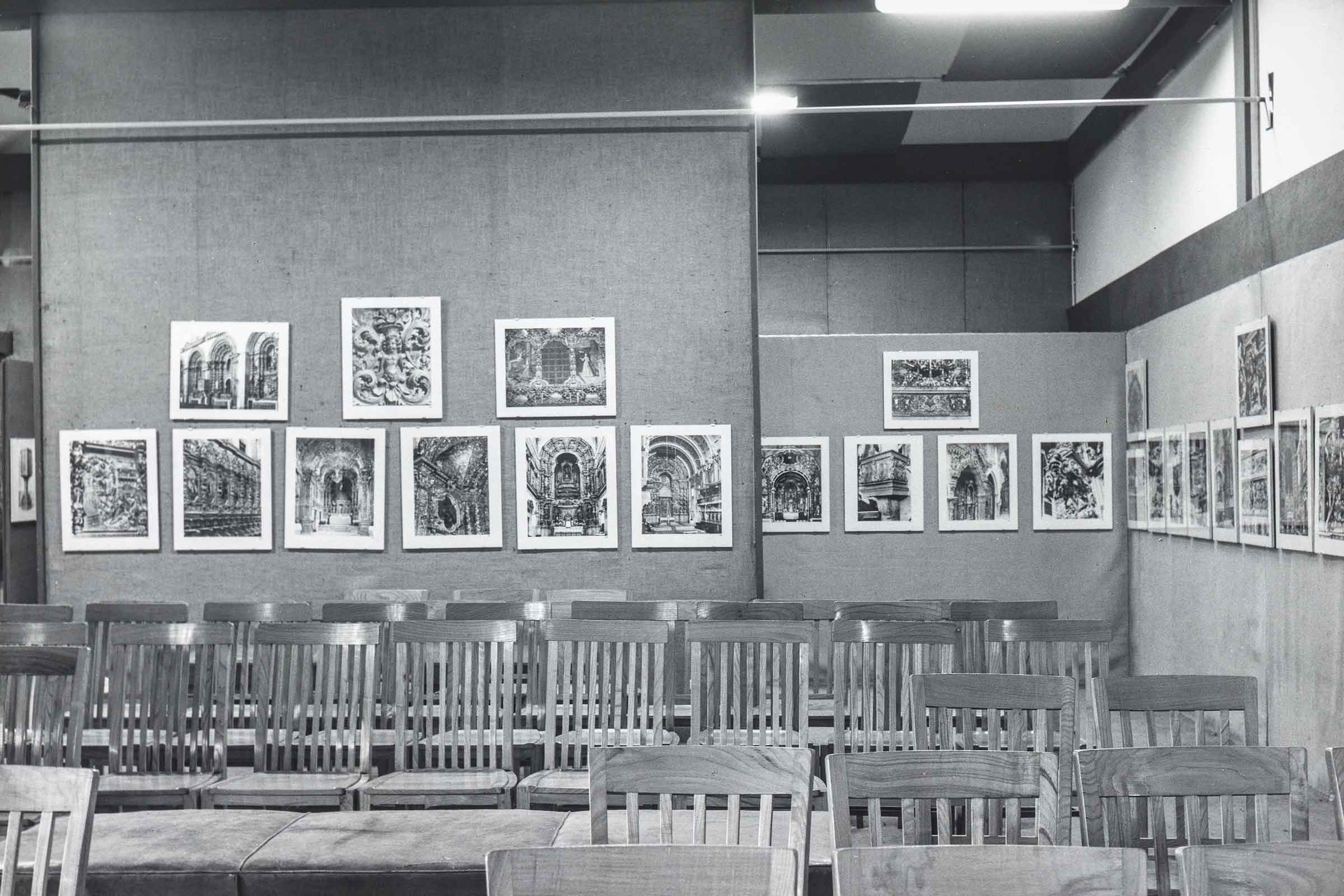
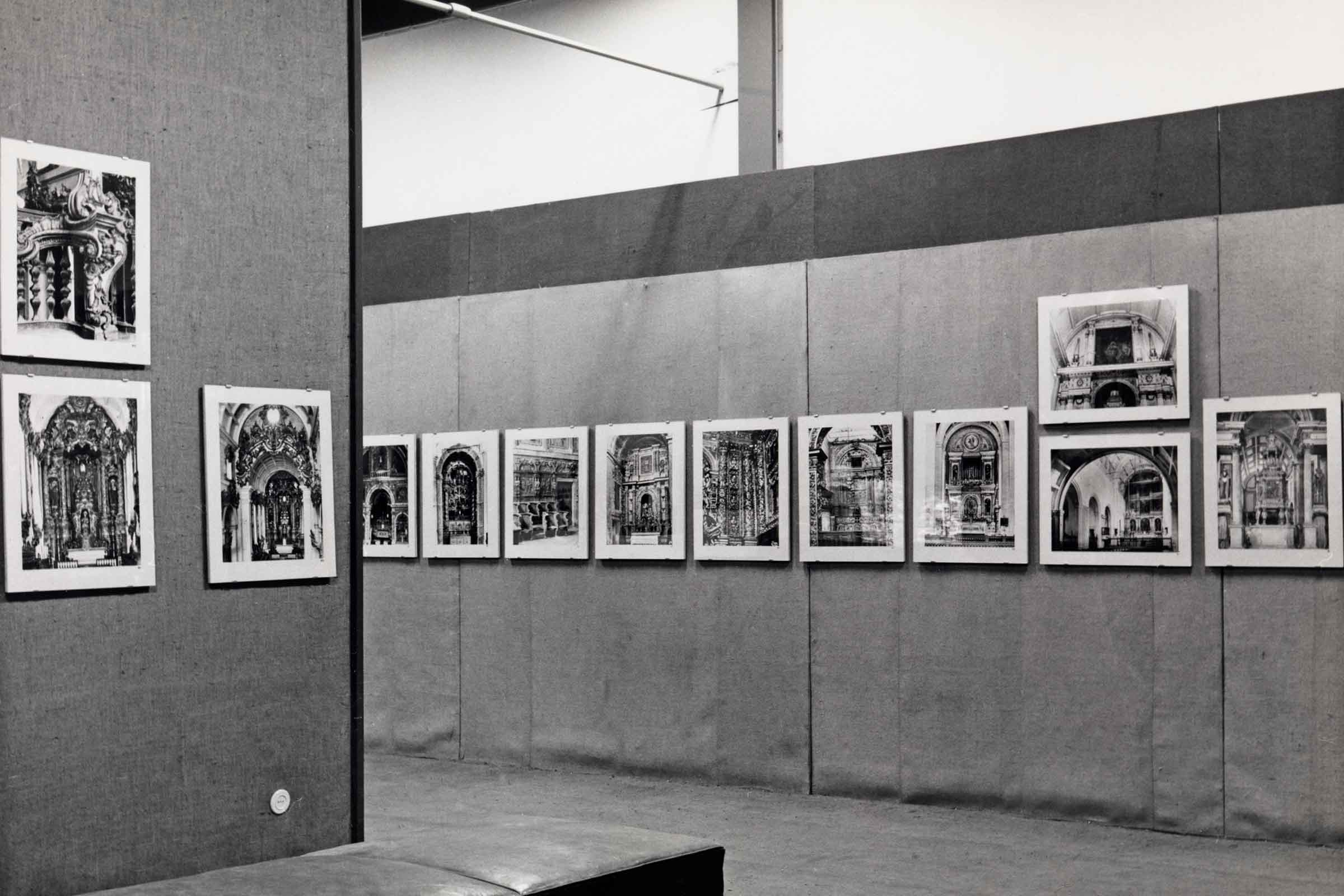
Designed to be itinerant, this exhibition was displayed in various cities around the country, thus allowing it to reach a wider public on the art of woodcarving in Portugal.
Inaugurated in 1978, curated by Flávio Gonçalves and only closed in 1991, it was the exhibition that circulated for the longest time, through the Calouste Gulbenkian Foundation’s policy of cultural decentralization.
At the demand of municipalities, universities and other cultural institutions, the exhibition visited cities like Vila do Conde (1978); Guimarães (1979); Arcos de Valdevez (1979); Paris (1980); Pequim (1982); Xangai (1982); Cantão (1982) Macau (1982); Hong Kong (1982); Vila Nova de Gaia (1983); Dakar (1984); Viana do Castelo (1984); Lamego (1985-86); Viseu (1986) Miranda do Corvo (1987); Porto (1989); Évora (1989); Arouca (1990); Bragança (1990) and Coimbra (1991).
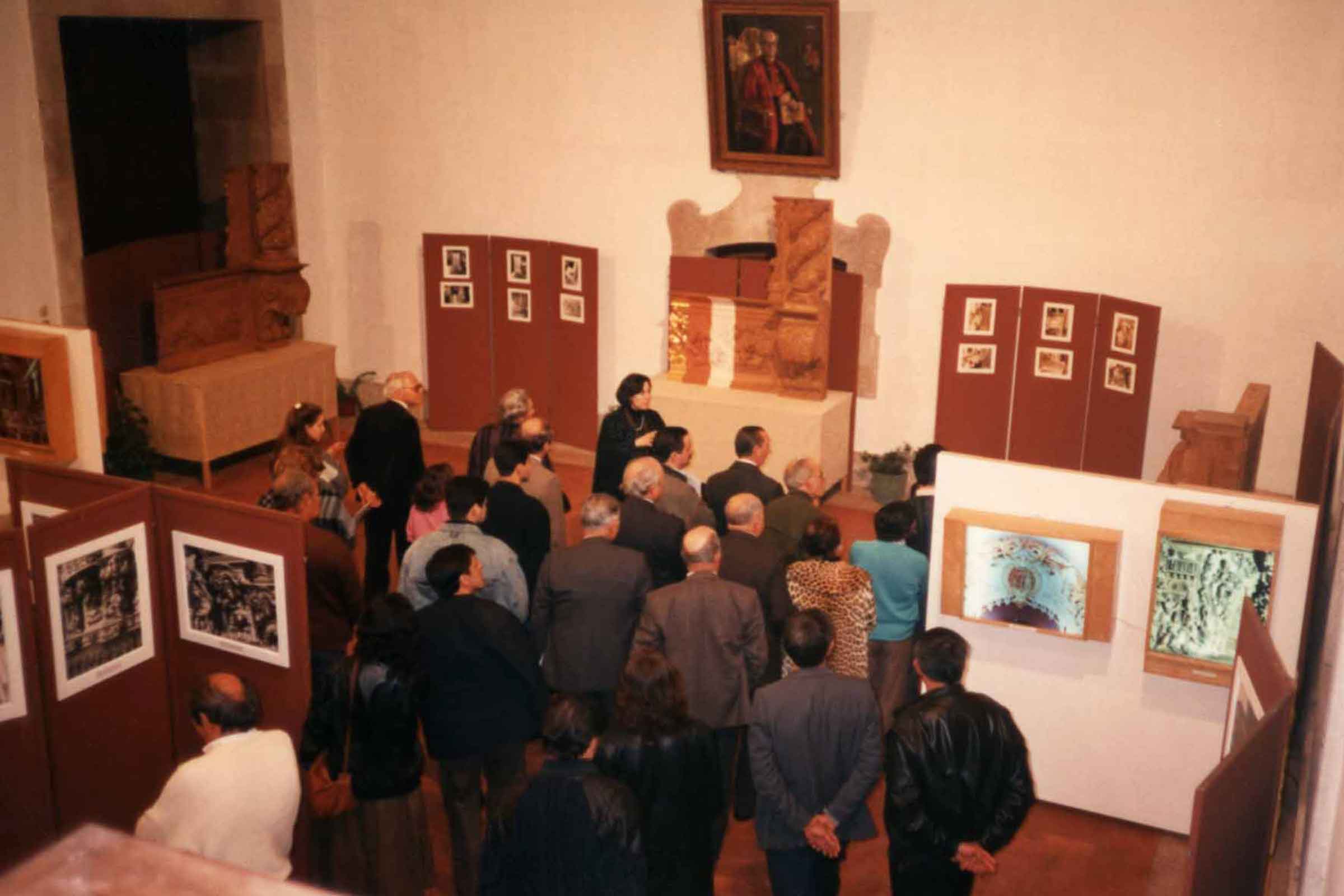

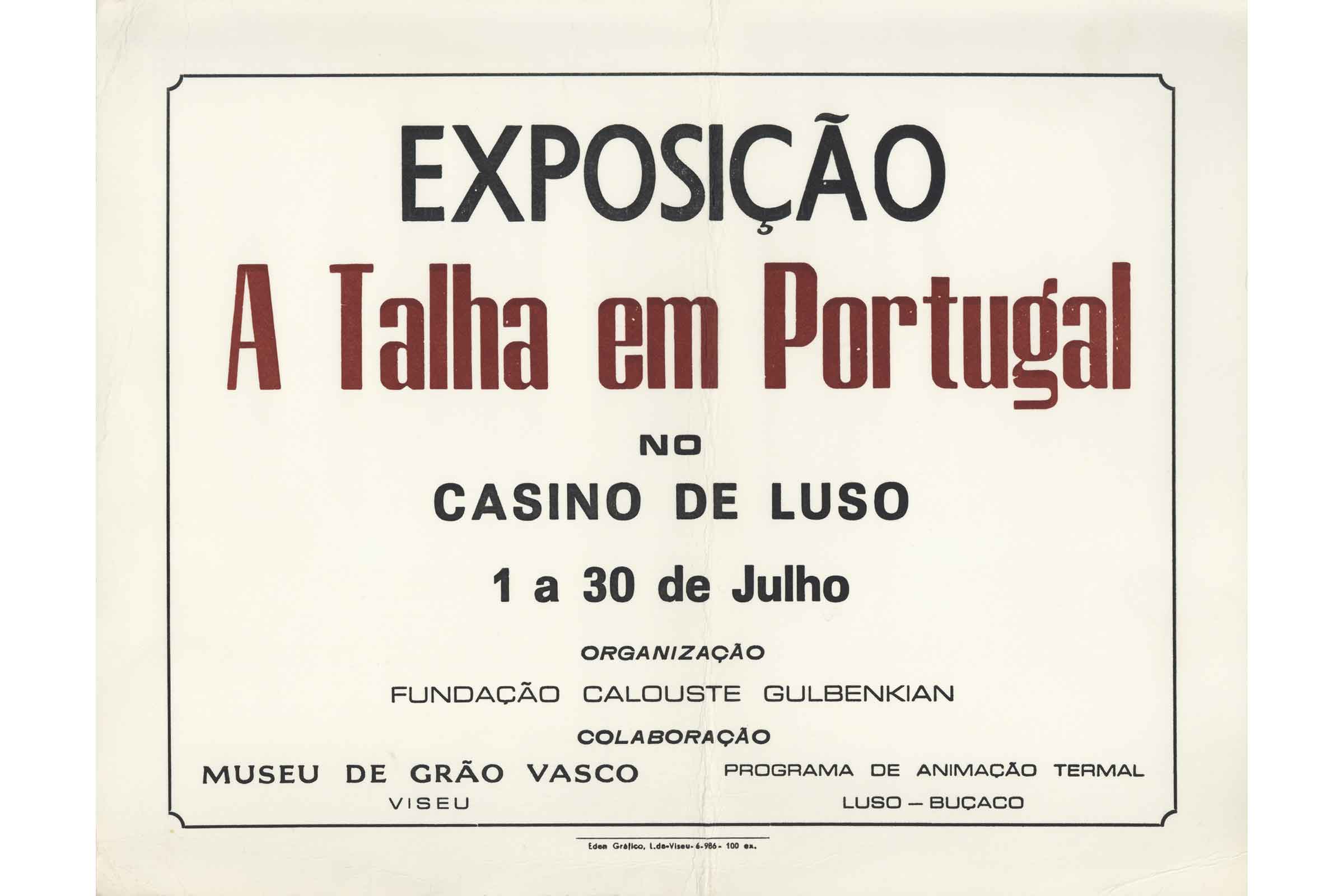
The 87 photographs displayed in this exhibition subsequently formed a section on woodcarving, which was part of two other exhibitions presented, respectively in Brazil – Aspetos da arquitetura barroca luso-brasileira (São Salvador, 1968) – and in various cities in Portugal between 1973 and 1986, under the title Aspetos da arte em Portugal no século XVIII.
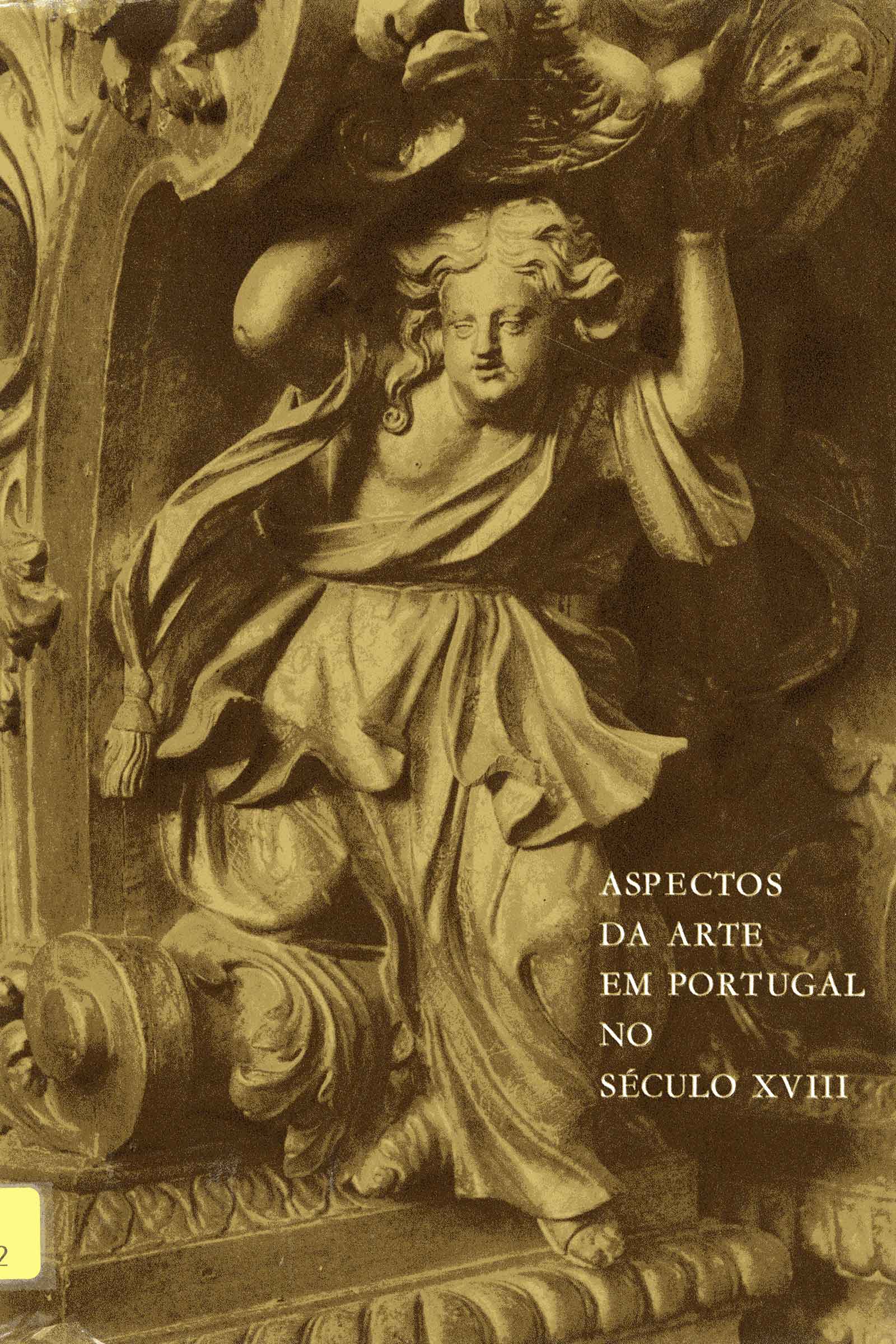
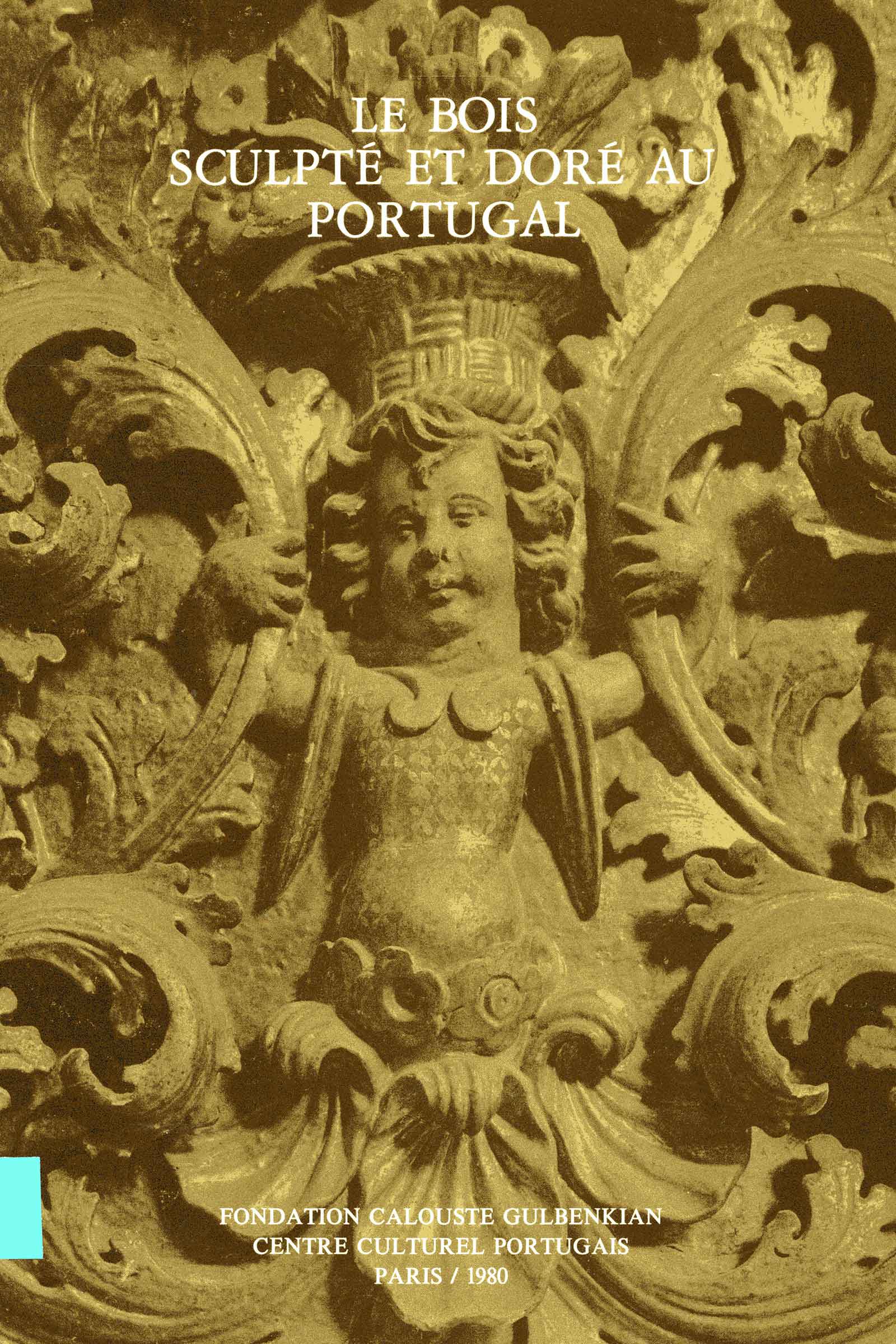
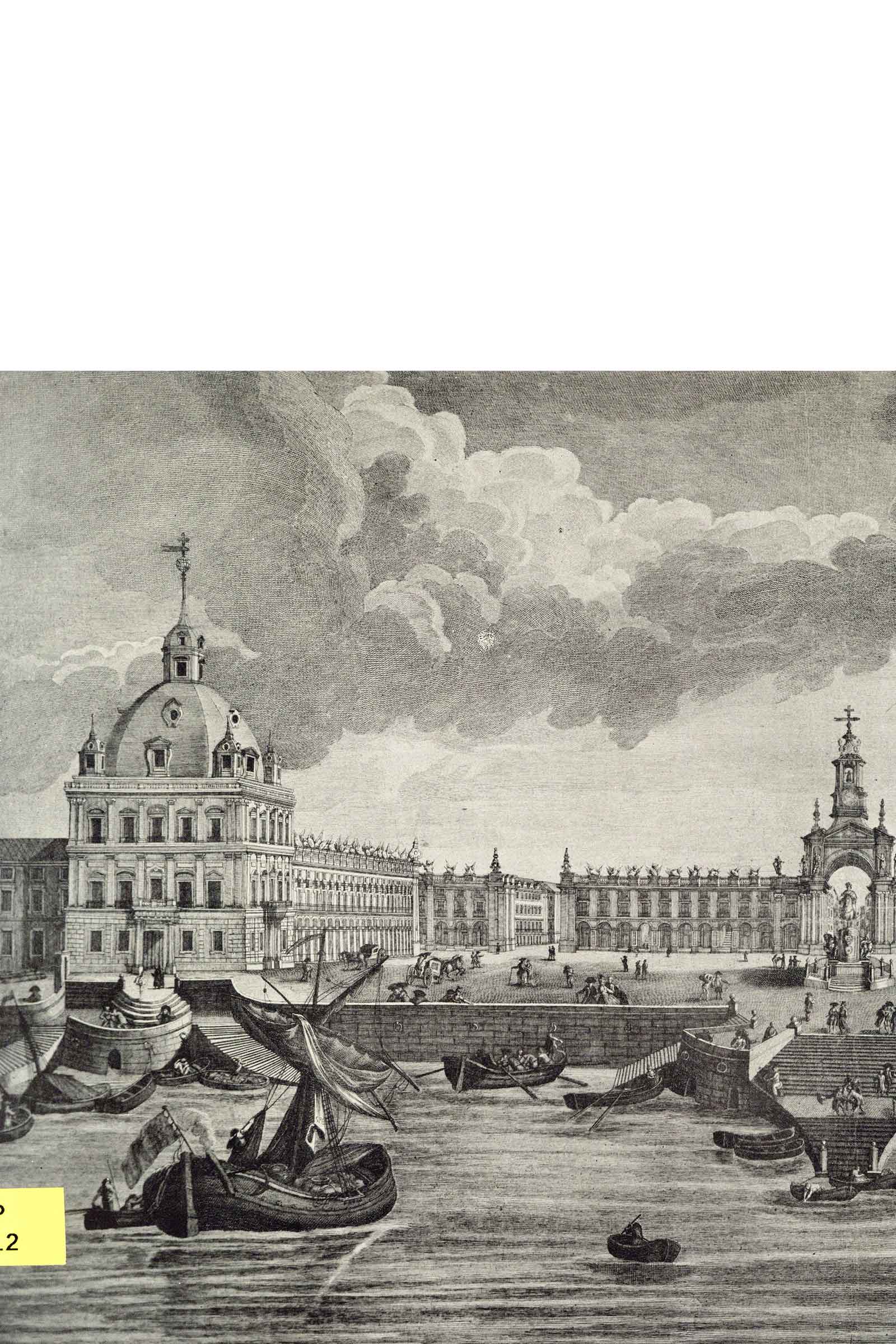
HISTORY OF THE ITINERANT EXHIBITION A TALHA EM PORTUGAL
The Robert C. Smith Legacy
His work and research on Portuguese and Brazilian Baroque art, his many long stays in Portugal and the relationship he established with the Calouste Gulbenkian Foundation led Robert C. Smith to bequeath his archive to this institution.
In 1977, under the supervision of art historians Helmut Wohl and Flávio Gonçalves, the “Robert C. Smith Legacy” arrived in Lisbon and was incorporated into the Art Archive of the Fine Arts Department of the Calouste Gulbenkian Foundation, at the time directed by Artur Nobre de Gusmão. When this service was closed in 2001, this set of documents was incorporated into the special collections of the Art Library.
This legacy is composed of a wide range of written and visual documentation. The visual part is composed by 34.811 photographic specimens, which include images of buildings located in Portugal and Brazil.
A substantial part of these images was taken by Smith himself on his work trips, others resulted from commissions to photographers, and there are also photographic reproductions of archival documents, mainly concerning Luso-Brazilian colonial architecture. Many of these images accompanied the articles and books that Robert C. Smith wrote during his career as an art historian and teacher.
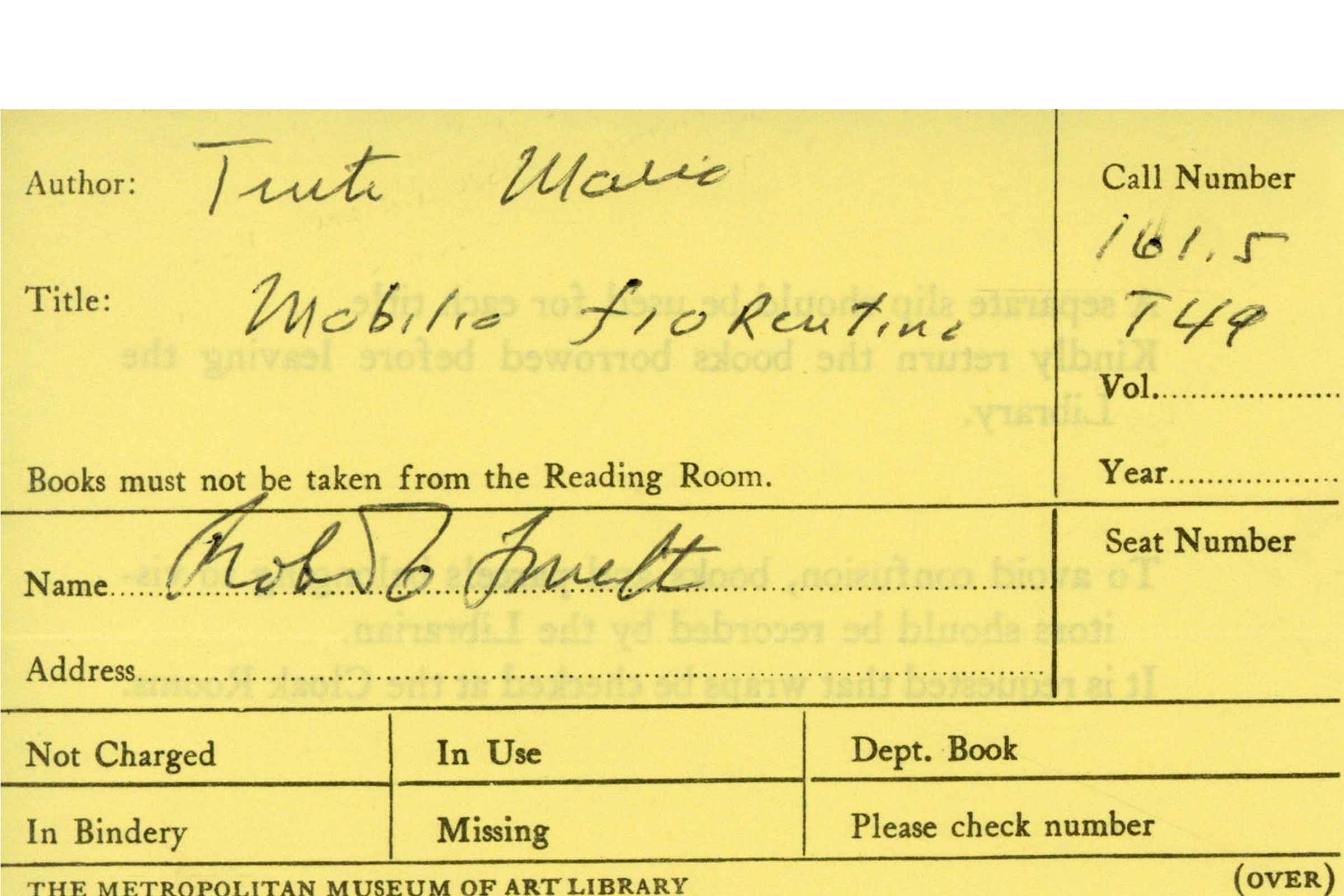
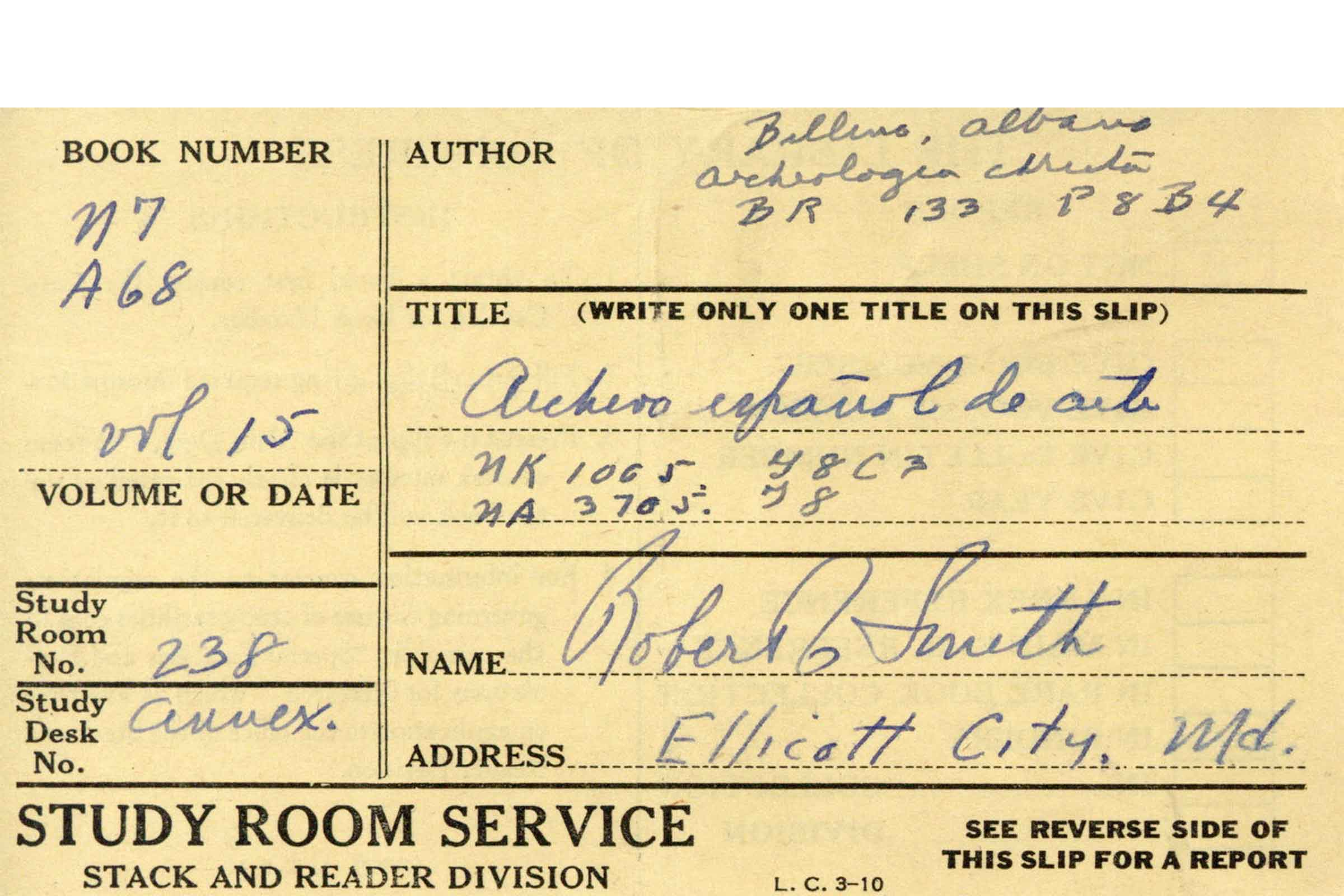
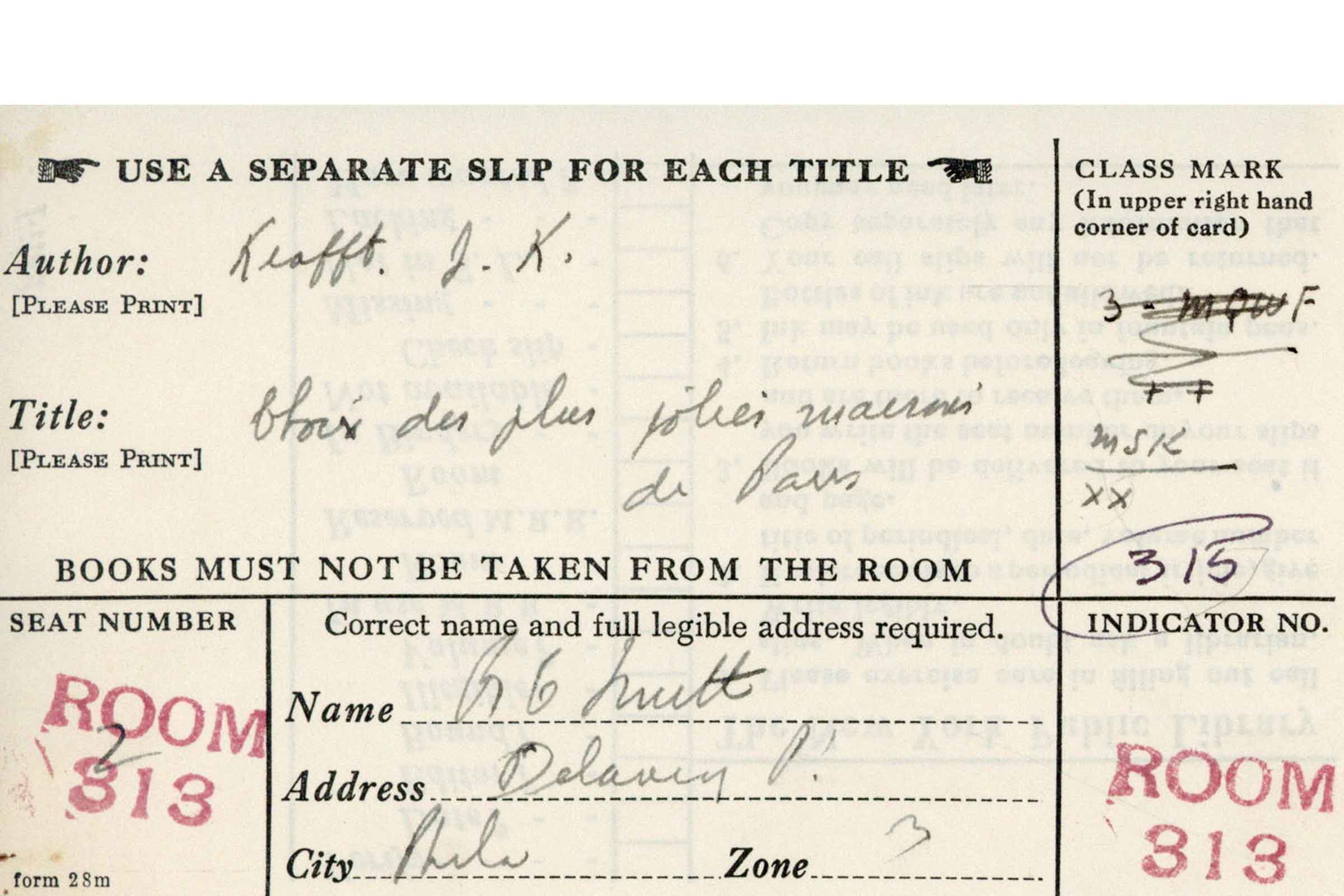
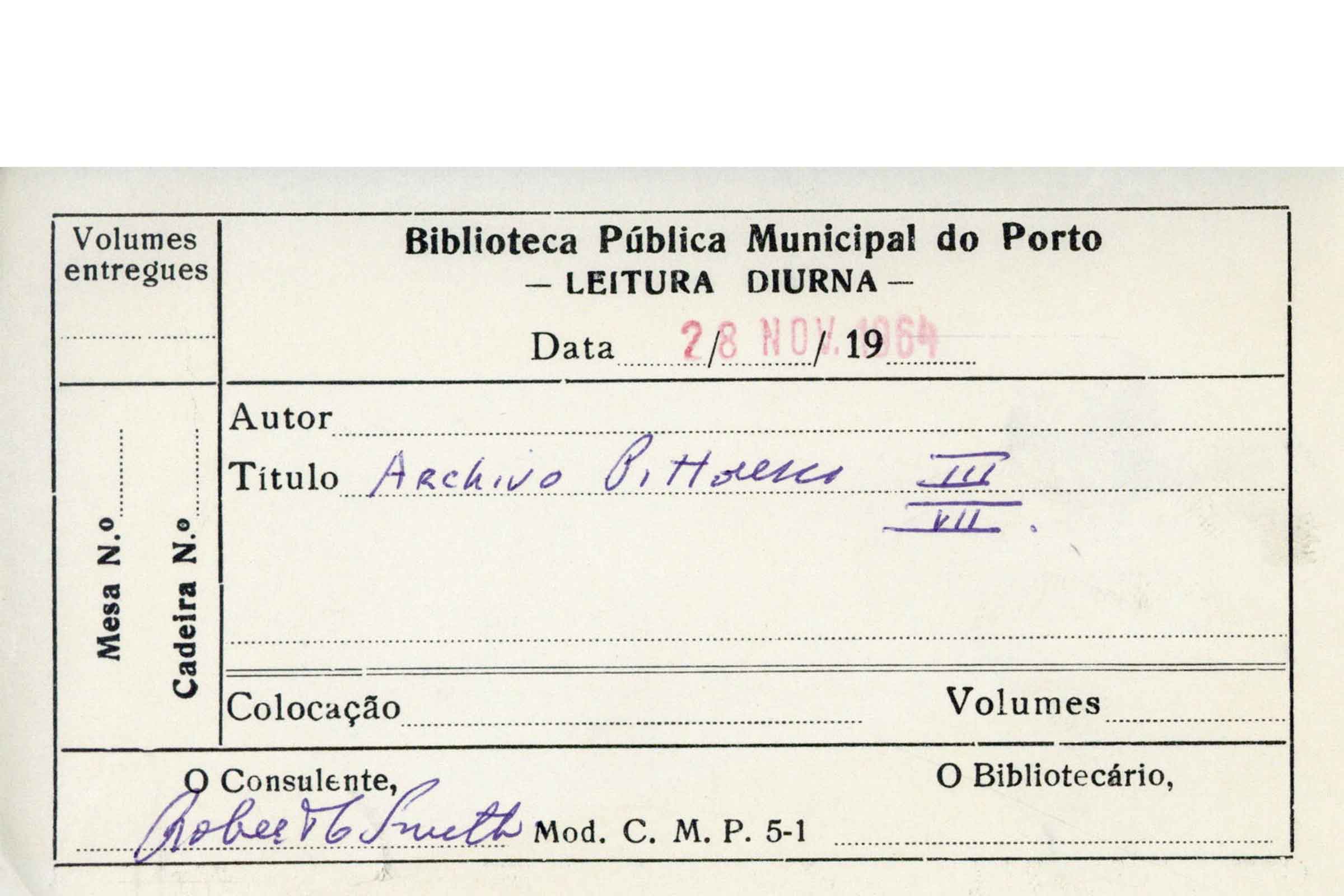
The written documentation contains various types of documents, such as texts – both manuscripts and typed – some originals, others transcribed and others photocopied, research records with notes, numerous correspondence with North American, Portuguese, and Brazilian academic and cultural institutions, with Portuguese, Brazilian, French, and Anglo-Saxon art historians, and publishers.
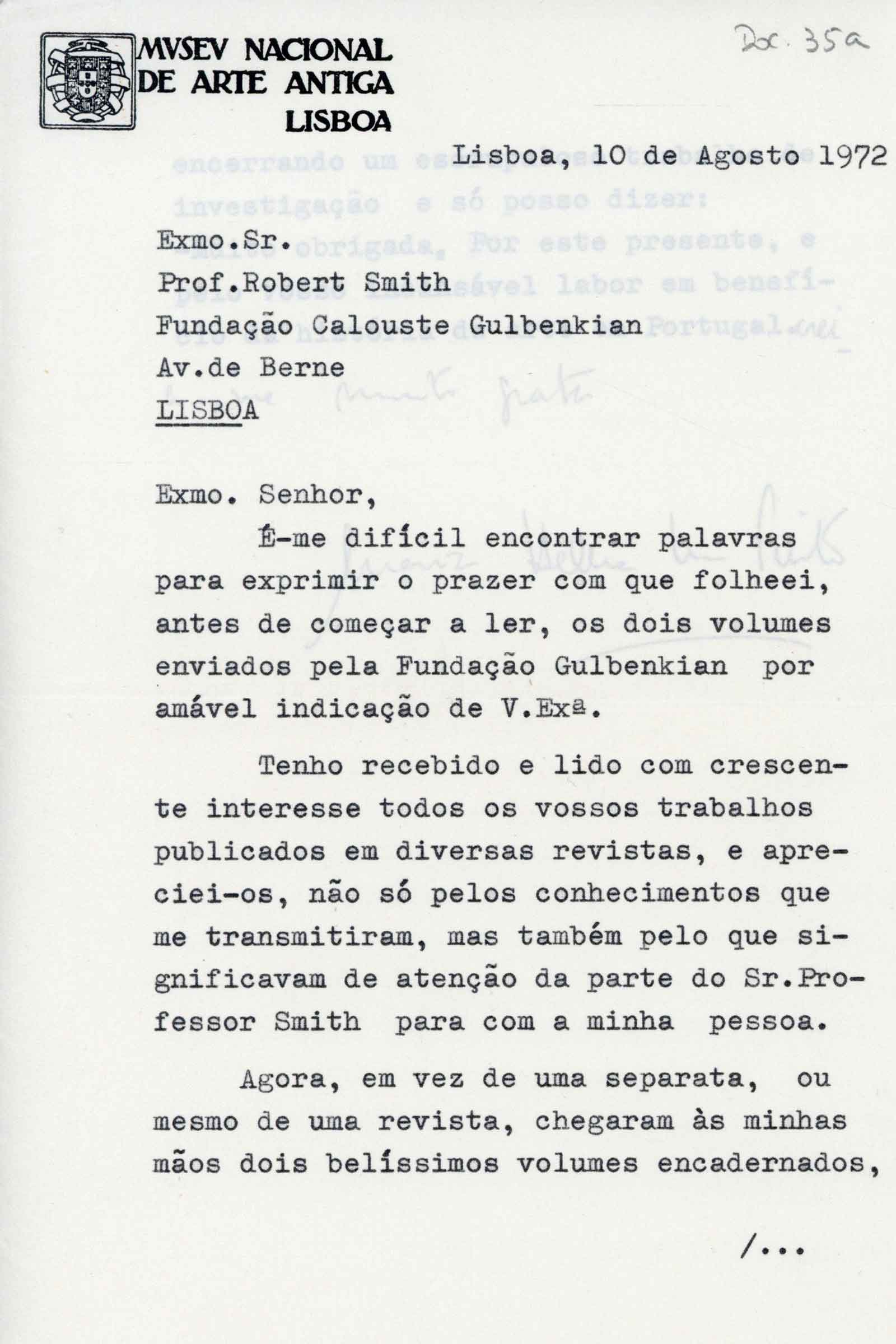
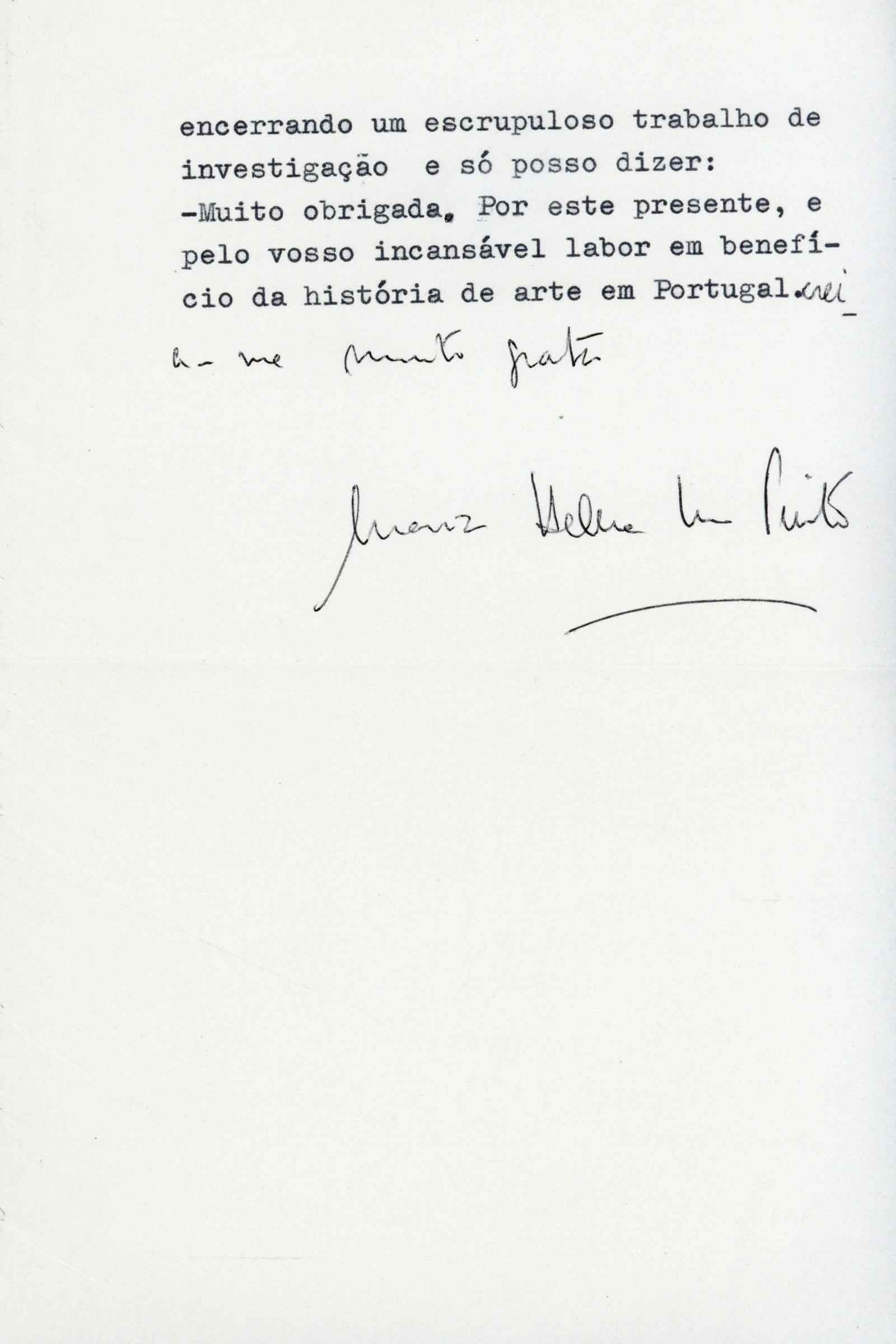



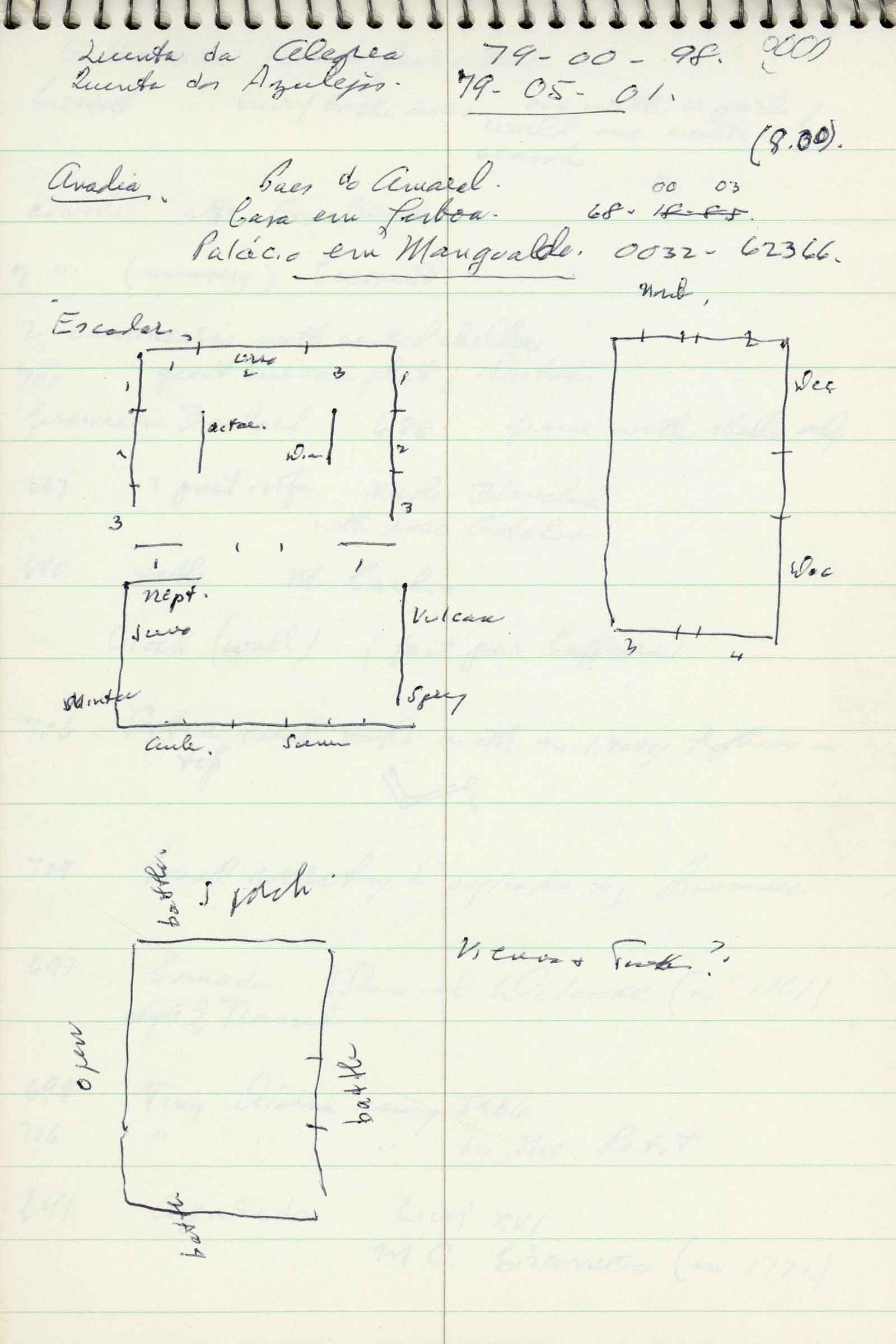
In 2000, to mark the donation of the legacy, the Fine Arts Department of the Calouste Gulbenkian Foundation organised the exhibition Robert C. Smith, 1912-1975: a investigação na História da Arte, curated by the researcher Dalton Sala, who followed the inventorying of the documentation in the Art Archive.
The catalogue, in addition to reproducing some written and visual documentation of the Legacy, included texts by renowned Portuguese and foreign art historians.
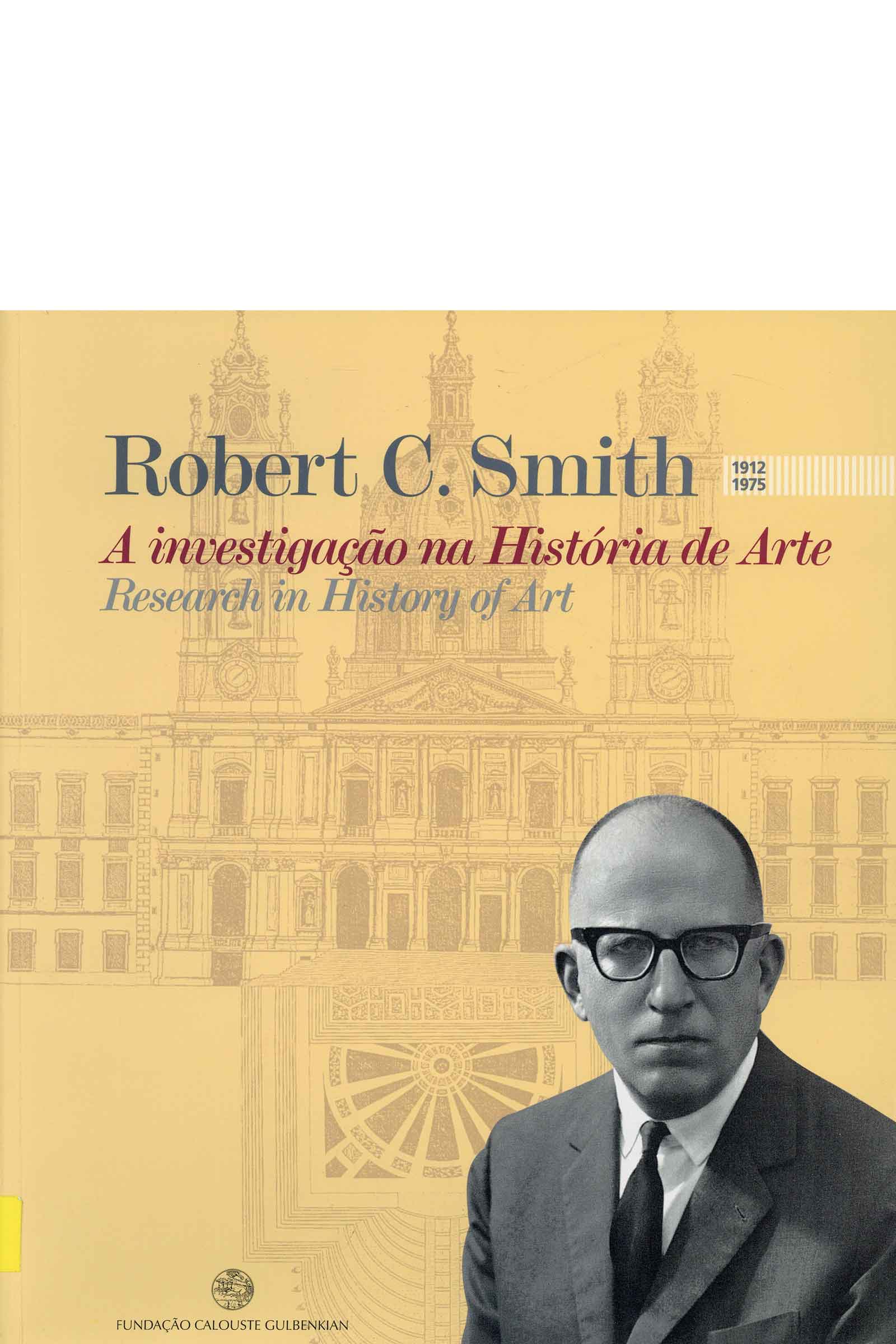
In addition to the decorations he received in Portugal and Brazil (Grand Officer of the Military Order of Christ (Portugal, 1940), Officer of the National Order of the Southern Cross (Brazil, 1954), Grand Officer of the Military Order of Santiago (Portugal, 1969), Officer of the National Order of Rio Branco, (Brazil, 1973) Gold Medal of the City of Braga (1973), Medal of Merit of the City of Porto (1973), Robert C. Smith was also awarded the José de Figueiredo prize, 1963, for his book A talha em Portugal and the Camões prize in 1968 for his book The art of Portugal.
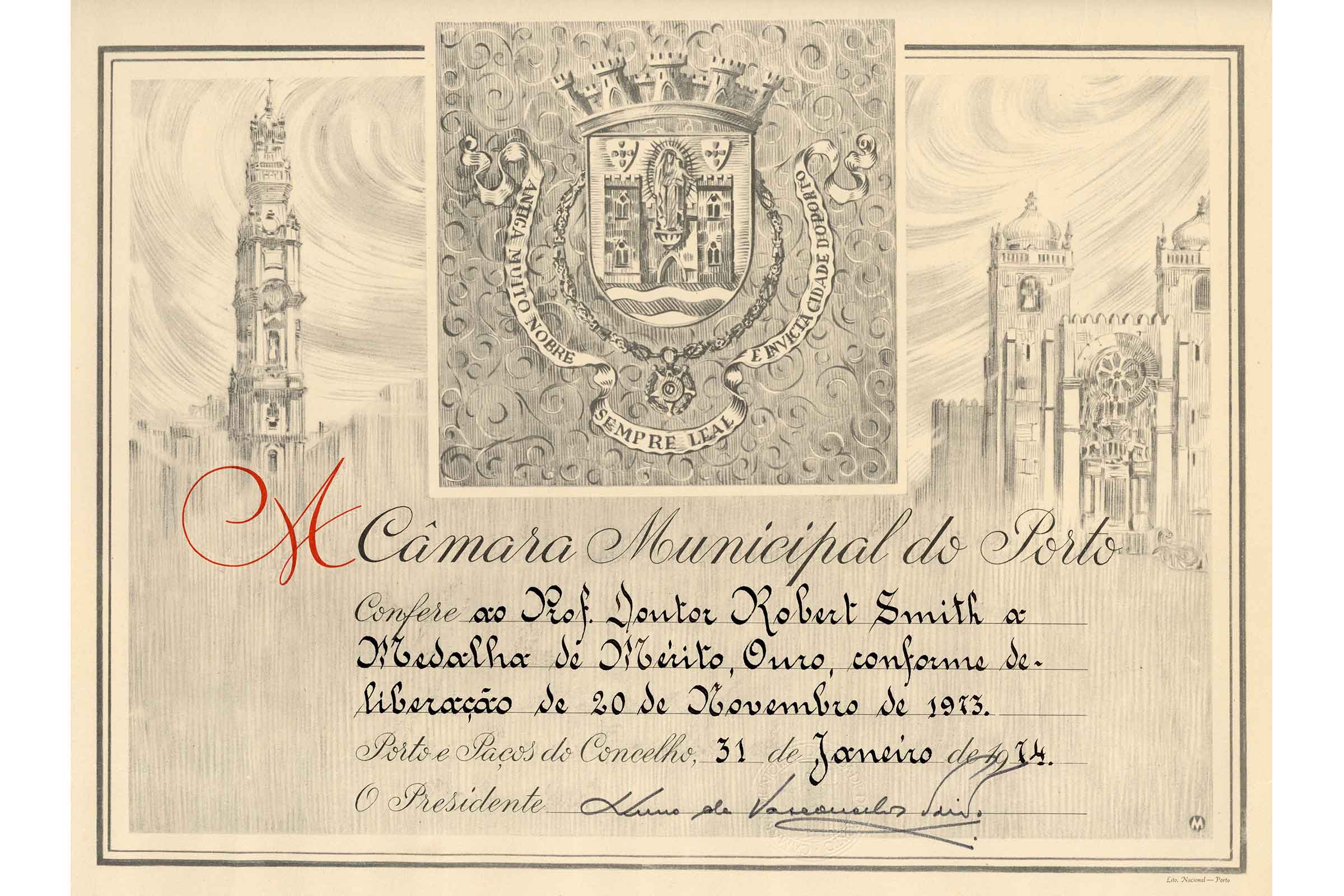
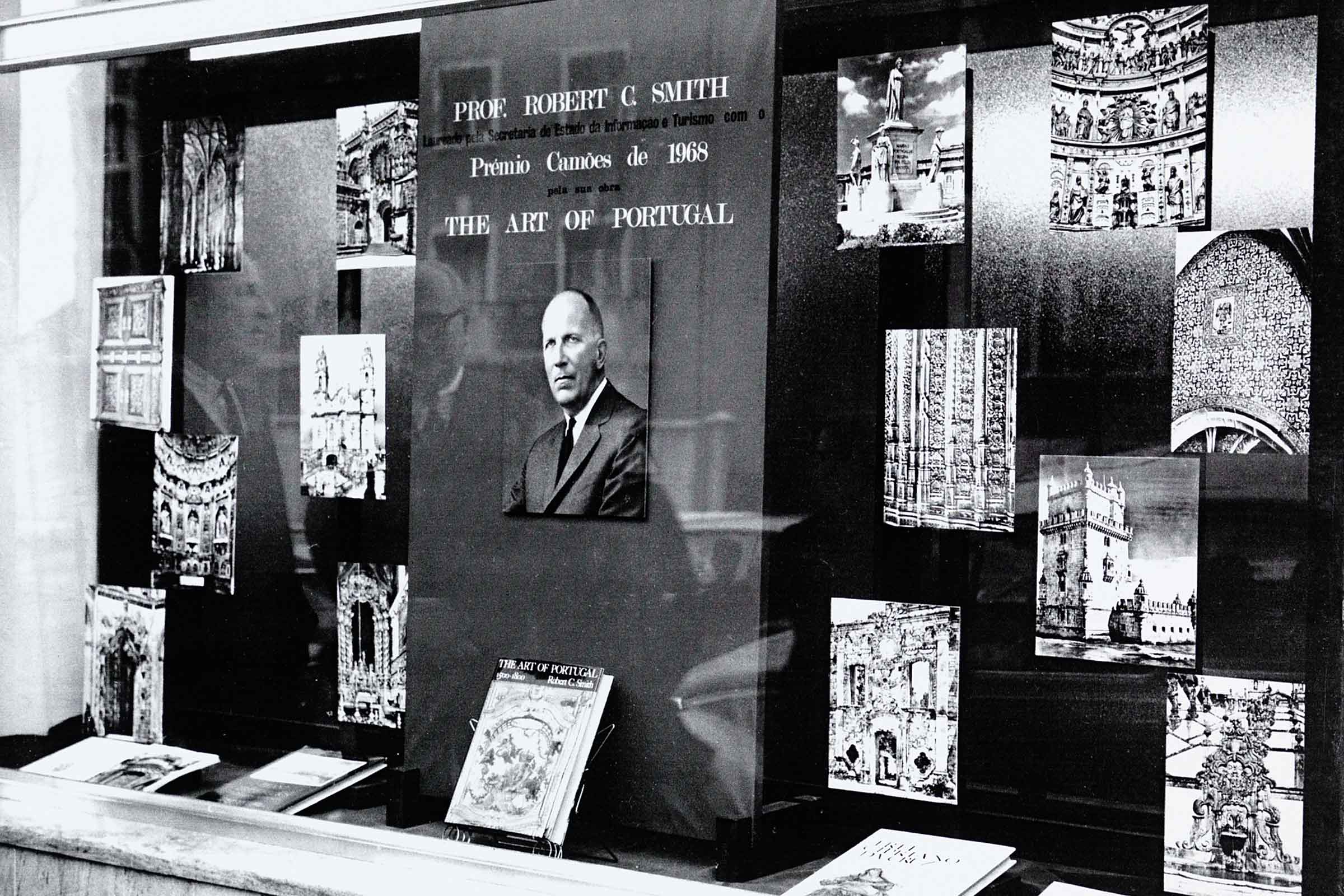
The Archive Robert C. Smith, as it is known, is currently being prepared.
Already accessible for research and viewing are the photographs that resulted from the photographic survey of woodcarving in Portugal carried out by Smith in the 1960′, consisting of 1,878 proofs and 1,416 negatives.
Artists and authors
Find out more about the life and work of the artists and authors represented in the Art Library and Gulbenkian Archives.
